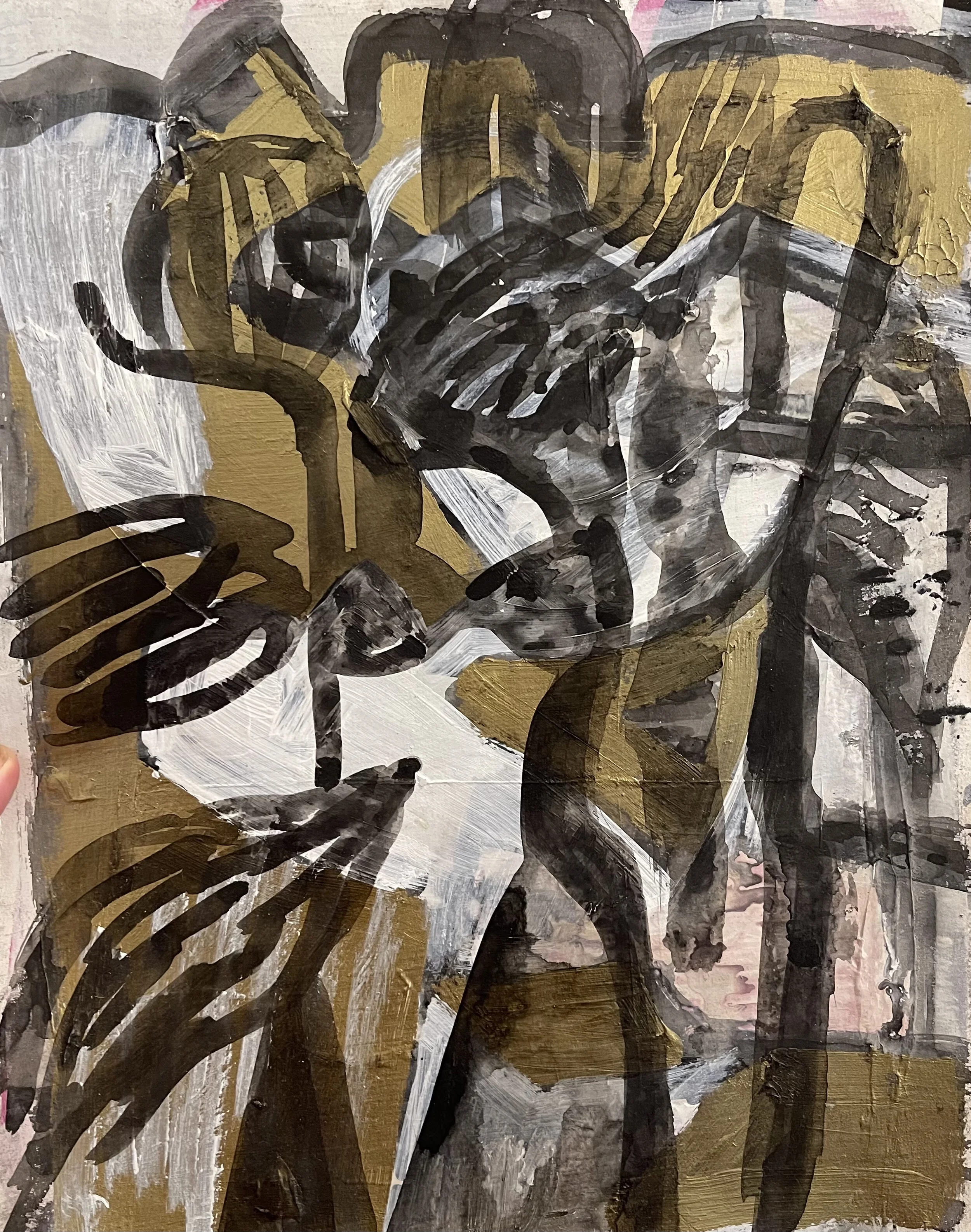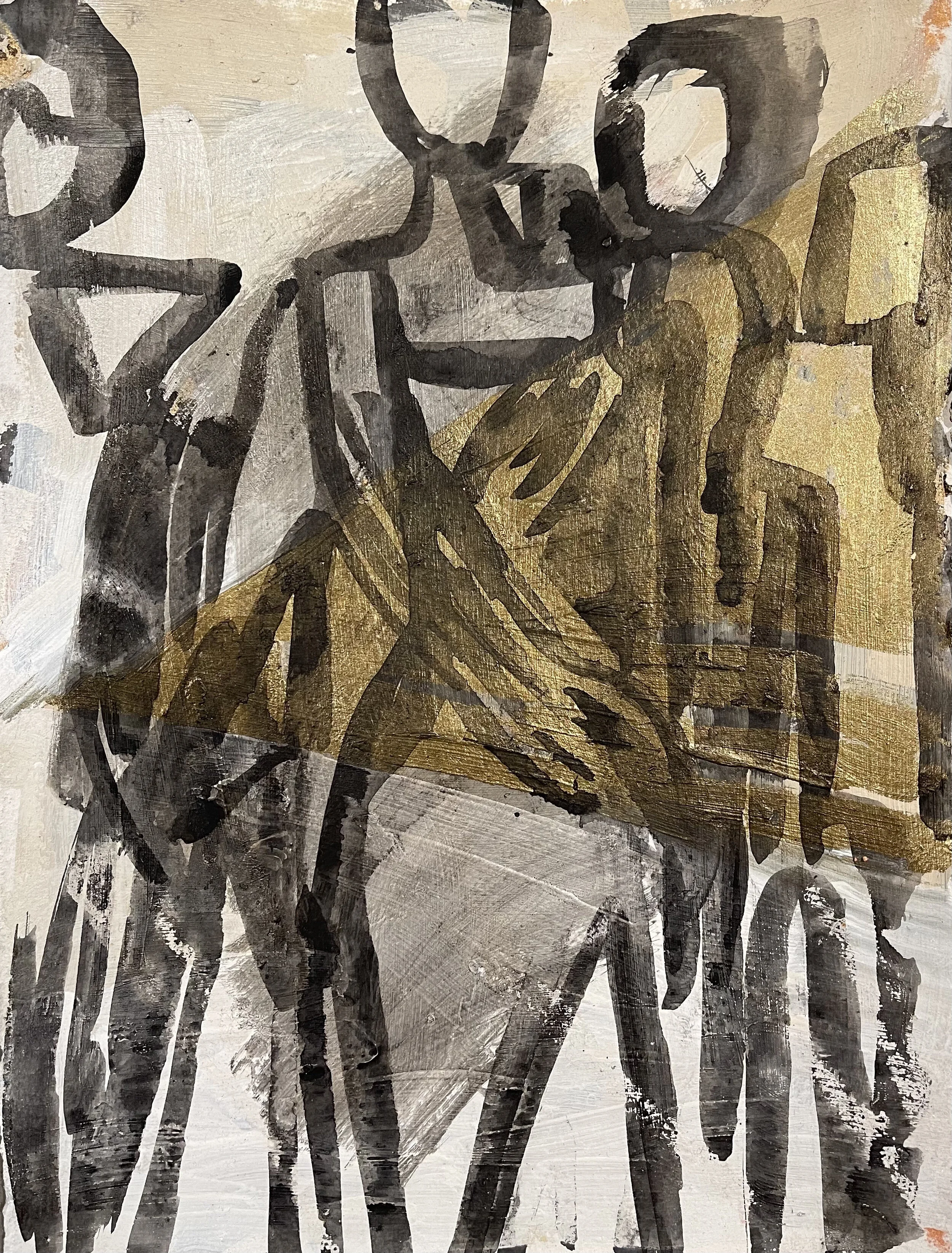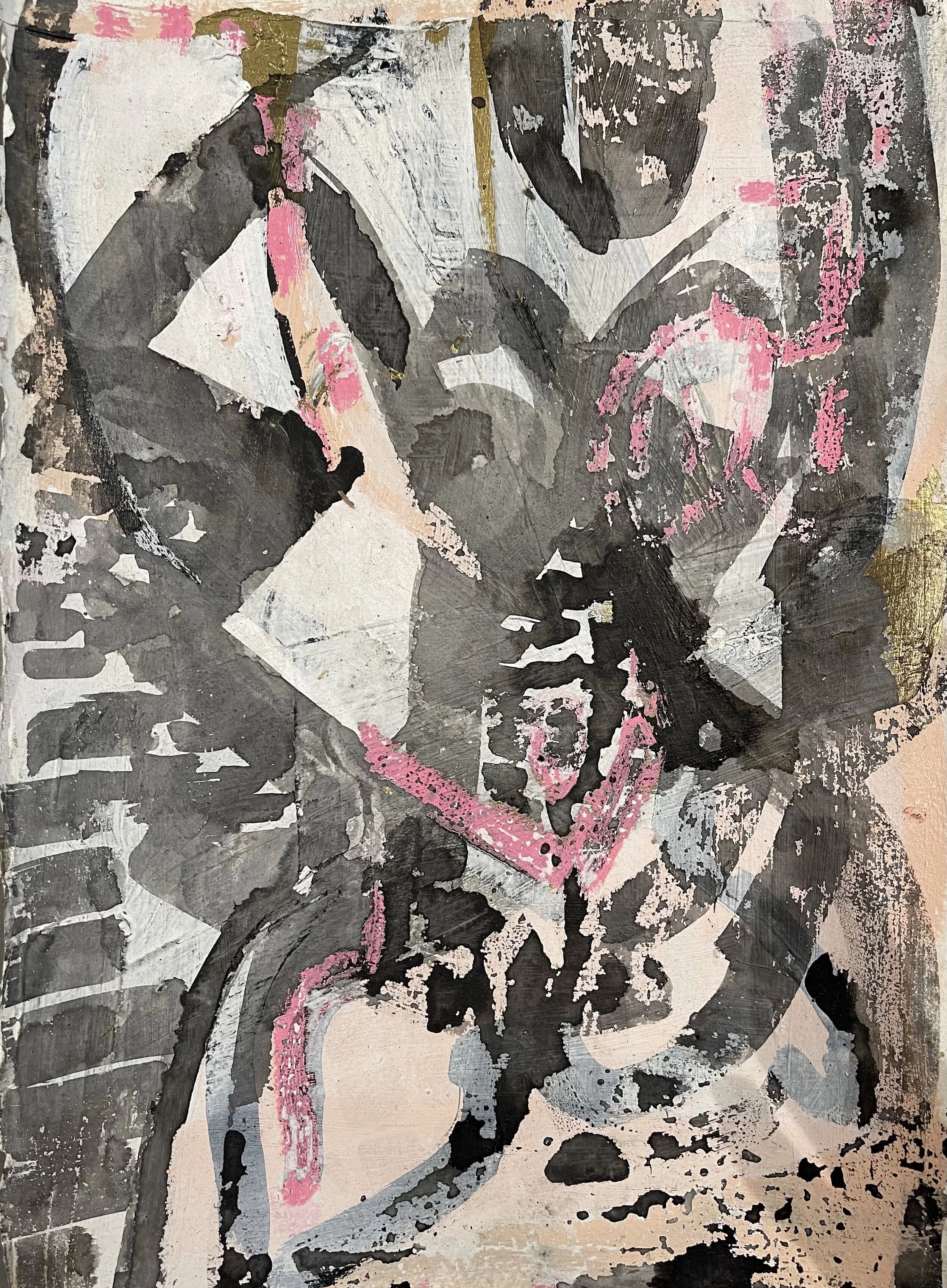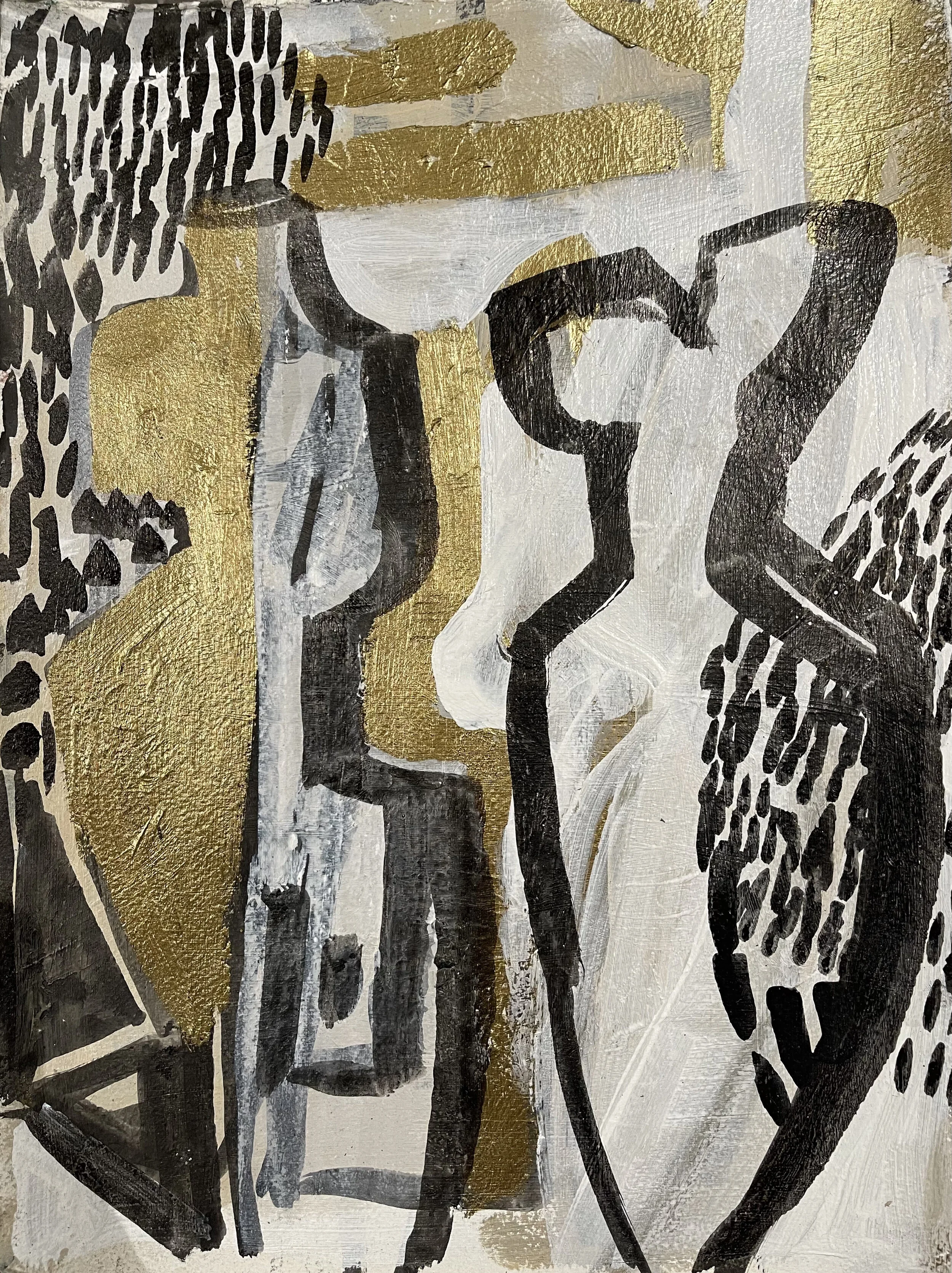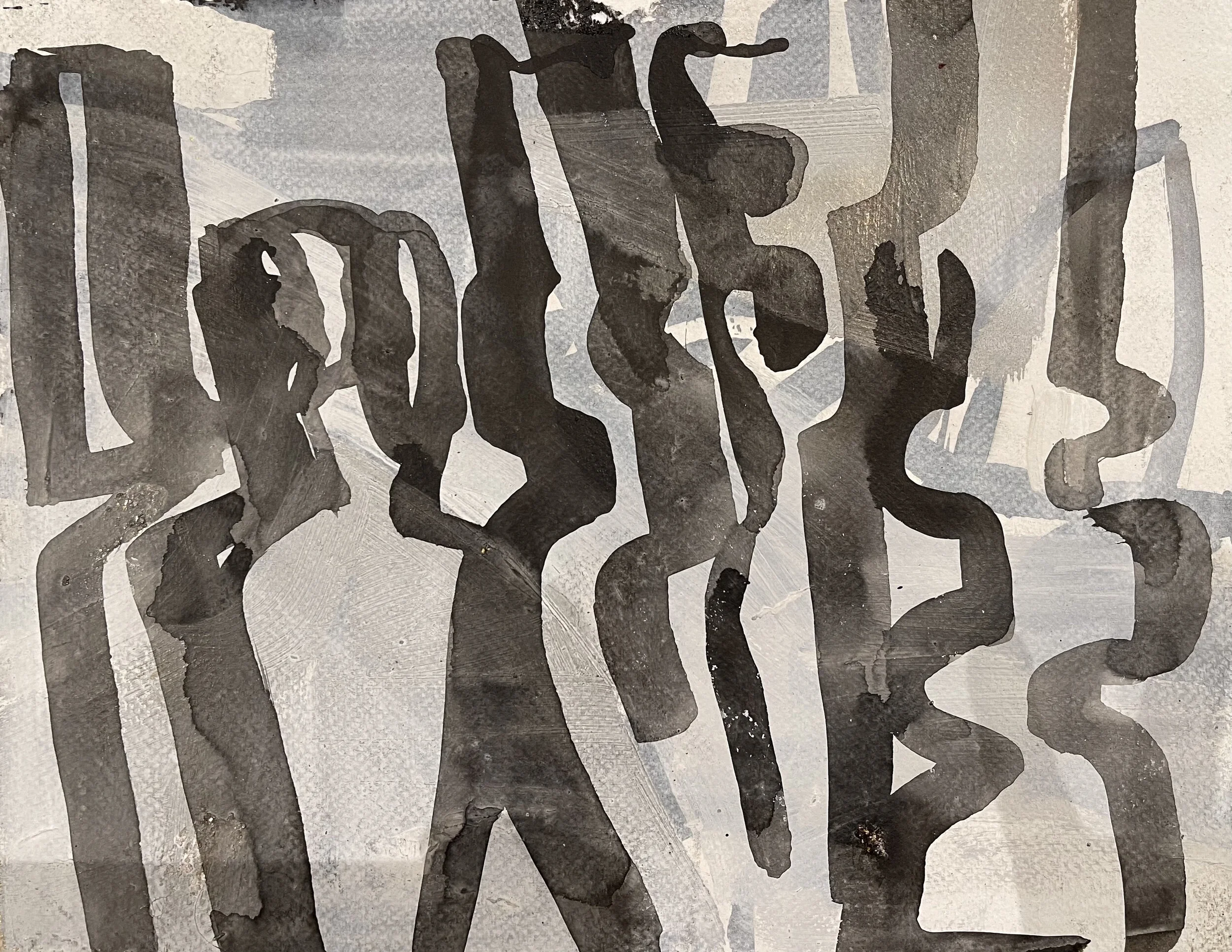Leaving the Body
Natasha Wright, Poppy DeltaDawn, Alyssa McClenaghan, Mel Reese
Curated by Morgan Everhart
The Yard City Hall Park
116 Nassau Street , Floors 5 & 6 New York, NY 10038
August 2nd - November 5th, 2021
theyard.com/art/current-exhibitions/
For artwork inquiries and appointments, contact morgan@morganeverhart.com
Detail Image: Poppy DeltaDawn, “Wrinkle”, Cleaned, carded, spun, woven, quilted sheep's fleece, 30 x 30 inches, 2021
“At the basis of Body Art… one can discover the unsatisfied need for a love that extends itself without limit in time- the need to be loved for what one is and for what one wants to be- the need for a kind of love that confers unlimited rights- the need for what is called primary love.”- Lea Vergine, from ‘The Body as Language’
Making artwork about the body always involves personal identity. Using the body as a point of view or departure allows an artist and viewer the opportunity to connect the dots between their realities and emotions. Many artists, when referencing the body, are in pursuit of depicting tenderness and love for one’s self, which in return brings symbolism to life. However, depending on the degree of self-representation, there’s often a level of narcissism that comes with it. In this exhibition, “Leaving the Body”, Alyssa McClenaghan, Natasha Wright, Poppy DeltaDawn, and Mel Reese share a range of abstraction that contextualizes their bodily and spiritual connections to their surroundings without focusing on their individual, physical characteristics.
Each artist implies the body through varying degrees of abstraction related to their surroundings or medium. Alyssa McClenaghan explores the relationship between materials and gender through personifying domestic objects. Poppy DeltaDawn explores the transitions from body to material through textile production and how it relates to her own medical transition. Natasha Wright’s work explores the sociopolitical implications of the female body as icon. Mel Reese questions subjectivity through embodying her surroundings.
What someone considers representative, or a recognizable element of resemblance, is culturally conditioned. Our pictorial traditions influence our perception of nature. That being said, there’s an immense vulnerability in challenging resemblance, especially of the corporeal self. “Leaving the Body”, assertively reminds us that the body is a construct.
Mel Reese, “Icy Pond”, Acrylic on Canvas, 36 x 24 inches, 2021
Mel Reese melreese.com @melaniereese
Mel Reese’s paintings are impressions of the natural world existing as symbolic formalism. Lines, shapes, colors, and textures are as central to her work as the process of creating them. A complex layering of these abstract elements allows her work to be representational.
Mel is a Brooklyn based artist who received her MFA in Fine Art from the School of Visual Arts in 2017. She has had solo exhibitions at MILCON Gallery, R&D Studios Bushwood, and Suzette LaValle in Brooklyn, NY and has shown in several selected group and juried exhibitions throughout the United States including Shape in All Its Forms at Site: Brooklyn, Post-Appreciation at the Diego Rivera Gallery at San Francisco Art Institute; Play Me A Game at the Skybridge Gallery at Eugene Lang College; Cognitive Dissidence at Ray Smith Studio; and Unicode at SVA Flatiron Gallery in Chelsea, NY. Melanie was on a panel for the “The Entrepreneurial Artist Workshop” at the Tang Museum and received the Award of Excellence from the 58th Long Island Artist Exhibition at the Art League of Long Island. Melanie’s work has been in a number of publications including New American Paintings Northeast Issue 134, New American Painting Featured Artists, Inside Artists, Studio Visit Magazine, Artwork Archive Blog, and Vellum Magazine.
Natasha Wright, “When Black Swallows Red”, 60 x 48 inches, 2019
Natasha Wright natashawrightstudio.com @natashawrightstudio
Natasha Wright’s work explores the significance of the female body as icon. Wright’s practice probes the politics of the representation of the female form. Gender, sexuality, vulnerability and power, seduction and aggression - these dualities motivate the dynamics of her work. Using paint as a metaphor for the body, her paintings create their own symbol of female power and energy.
Natasha has exhibited in the United States and internationally. Solo shows include “Sister Grotto” - (Spring Break Art Show, New York 2020), “When Black Swallows Red” – (John Davis Gallery, New York, 2019), “Sister Chapel” (SFA Projects, New York, 2019) and “Angels and Icons” – (Parlour Projects, New Zealand, 2019). Two person shows include, “It’s Complicated” (Spring Break Art Show, Los Angeles, 2020). Natasha’s work has been featured in Hyperallergic, Art Critical, Two Coats of Paint, Harper’s Bazaar, Fashion Quarterly and The New Zealand Herald. In 2018 Natasha’s solo show “Les Biches” was named as one of the five best exhibitions in NYC by Harper’s Bazaar. Past residencies include DNA Residency (Freight and Volume Gallery, New York). Natasha’s work is held in the Wallace Trust collection and private collections internationally. In 2017 Natasha received her MFA from The New York Studio School. She was awarded The New York Studio School Scholarship and The Jane Chace Carroll Merit Award.
Poppy DeltaDawn, “Red Paper Towel”, Cleaned, carded, spun, dyed, woven, and quilted Sheep's Fleece on Stretched Linen, 40 x 42 inches, 2021
Poppy DeltaDawn poppydeltadawn.com @poppydeltadawn
DeltaDawn is a trans artist and curator who makes work about the landscape of queerness and how we perceive it through disseminating information like diagrams, tutorials, and materials. DeltaDawn’s work is a consideration of our relationship to natural resources, labor, and the earth. From the transition of sheep to cloth, DeltaDawn thinks about the intimate relationship that is formed between the original fleece bearer and herself. She examines the transition from body to material and questions: when is the point that it ceases to become a fragment of a body? Are all textiles some form of fragmented body? Is simply everything the result of some transition or another? Or put another way, death and rebirth? She reflects on these same questions with her own medical transition.
Poppy DeltaDawn is an artist based in Brooklyn, New York. She holds an MFA from Cranbrook Academy of Art and a BFA from the Maryland Institute College of Art, both in fiber. DeltaDawn's work has been included in exhibitions at H Space Gallery (Cleveland, OH), BRIC (Brooklyn, NY), Heidelberg Project (Detroit, MI), Ethan Cohen Kube (Beacon, NY), and Arcade Project Curatorial (New York, NY), among others. She has held fellowships and residencies across the country, including at BRIC, Offshore Residency, The Studios at MASS MoCA, Vermont Studio Center, Caldera Arts, ACRE Residency, and the Wassaic Project. DeltaDawn is an adjunct faculty member in the Fiber and Material Studies Department at Tyler School of Art in Philadelphia.
Alyssa McClenaghan, “By the End of the Week She Was Thinking Constantly About Where Her Body Stopped and the Air Began”, Foam Insulation, Joint Compound, Rope, Acrylic Exterior House Paint, 32 x 16 1/2 x 5 inches, 2021
Alyssa McClenaghan www.alyssamcclenaghan.com @alyssa_mcc
In Alyssa McClenaghan's work, materials traditionally used in the construction and adornment of homes are composed into bodily creatures and domestic objects, serving to explore the relationship between materials and gender. Dialogues of femininity, domesticity, warmth, comfort, fragility, strength, necessity, and motherhood are addressed through this collection of objects. By imparting a personality into them, giving each more human-like colors, gestures and forms, she begins to unravel her own history. Each object is made of common materials such as of foam insulation board, plasters, caulk, fabric, and paint. The materials transform, recreate, and reimagine traditional notions while at the same time, reference the human body and experience. The labor intensive process of each work becomes a self soothing act, as a means to work through inherent traumas.
Alyssa McClenaghan is a New York based artist who received her MFA in Painting from Brooklyn College. She has shown her work nationally and internationally including at Hesse Flatow, Chelsea, NY, Collar Works, Troy, NY, Peep Space, Tarrytown, NY, Rad Hourani Foundation, Montreal, CA, The Albany Public Library, Pine Hills, Albany, NY, Woman Made Gallery, Chicago, IL, Novado Gallery, Jersey City, NJ, and Site: Brooklyn Gallery, Brooklyn NY. McClenaghan’s work has been published in ArtMaze Magazine’s 20th Anniversary issue andFriend of the Artist Volume 13. She has been an artist in residence at the Studios at Mass MoCA, the Woodstock Byrdcliffe Guild and the ChaNorth Residency through ChaShaMa.
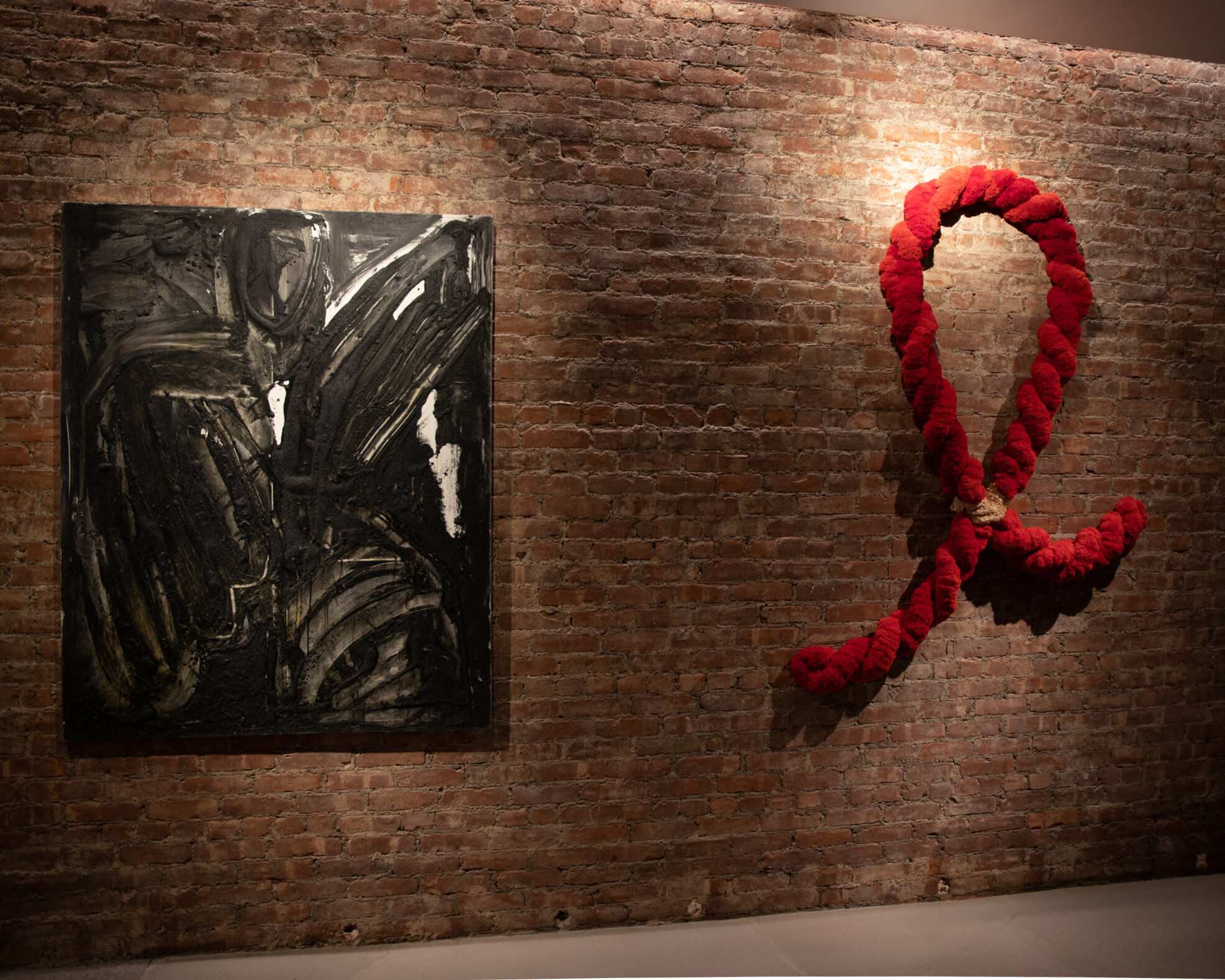
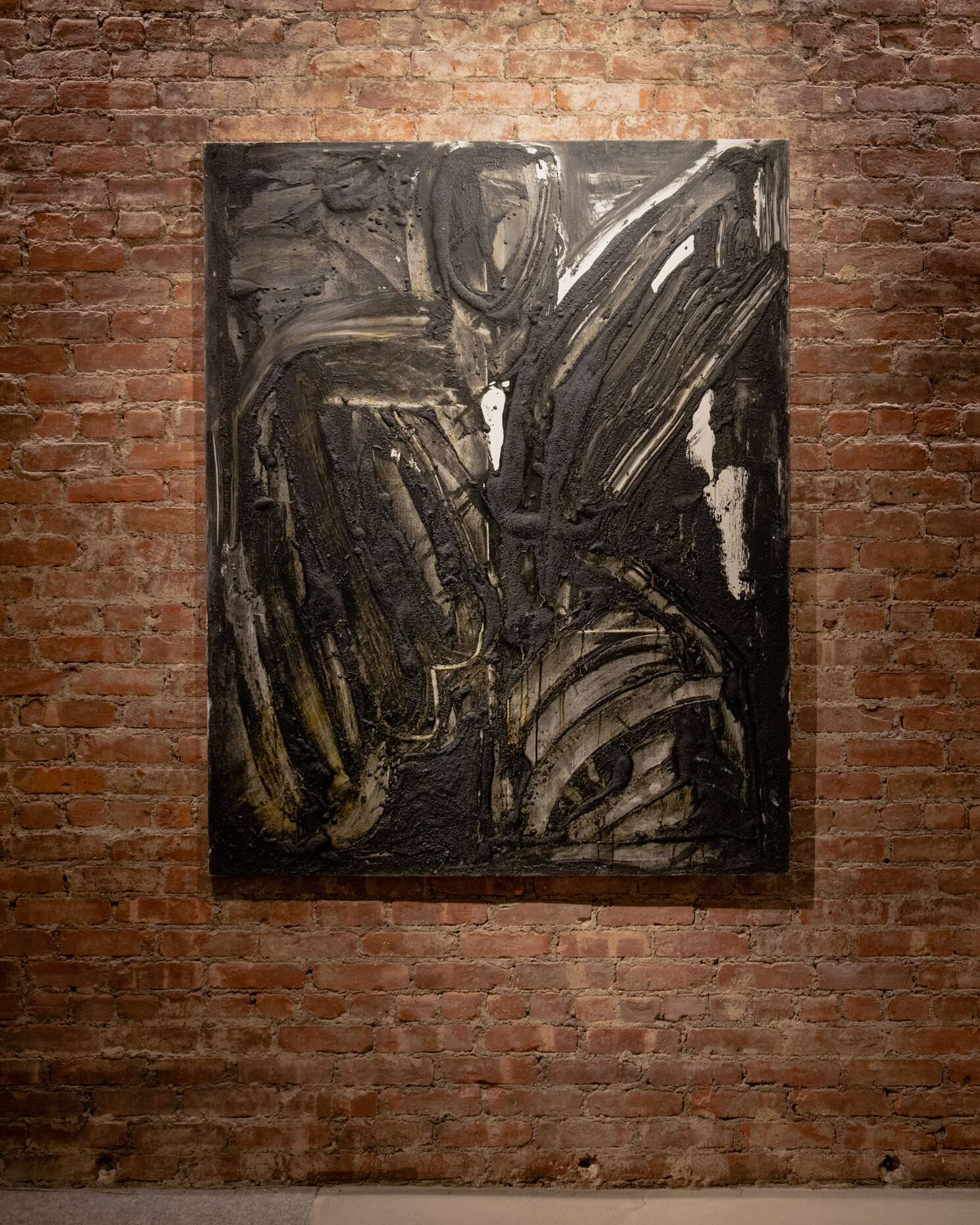


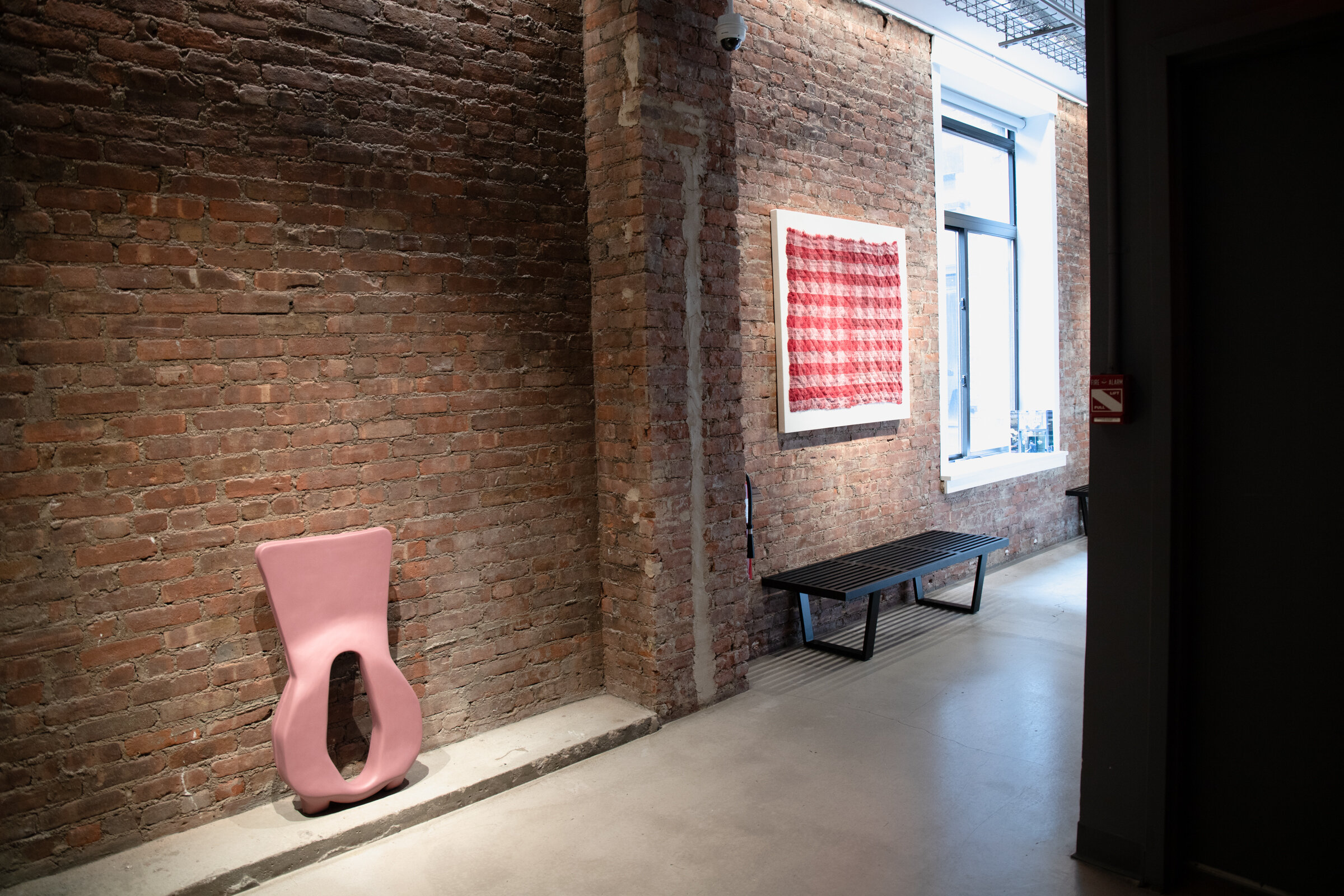
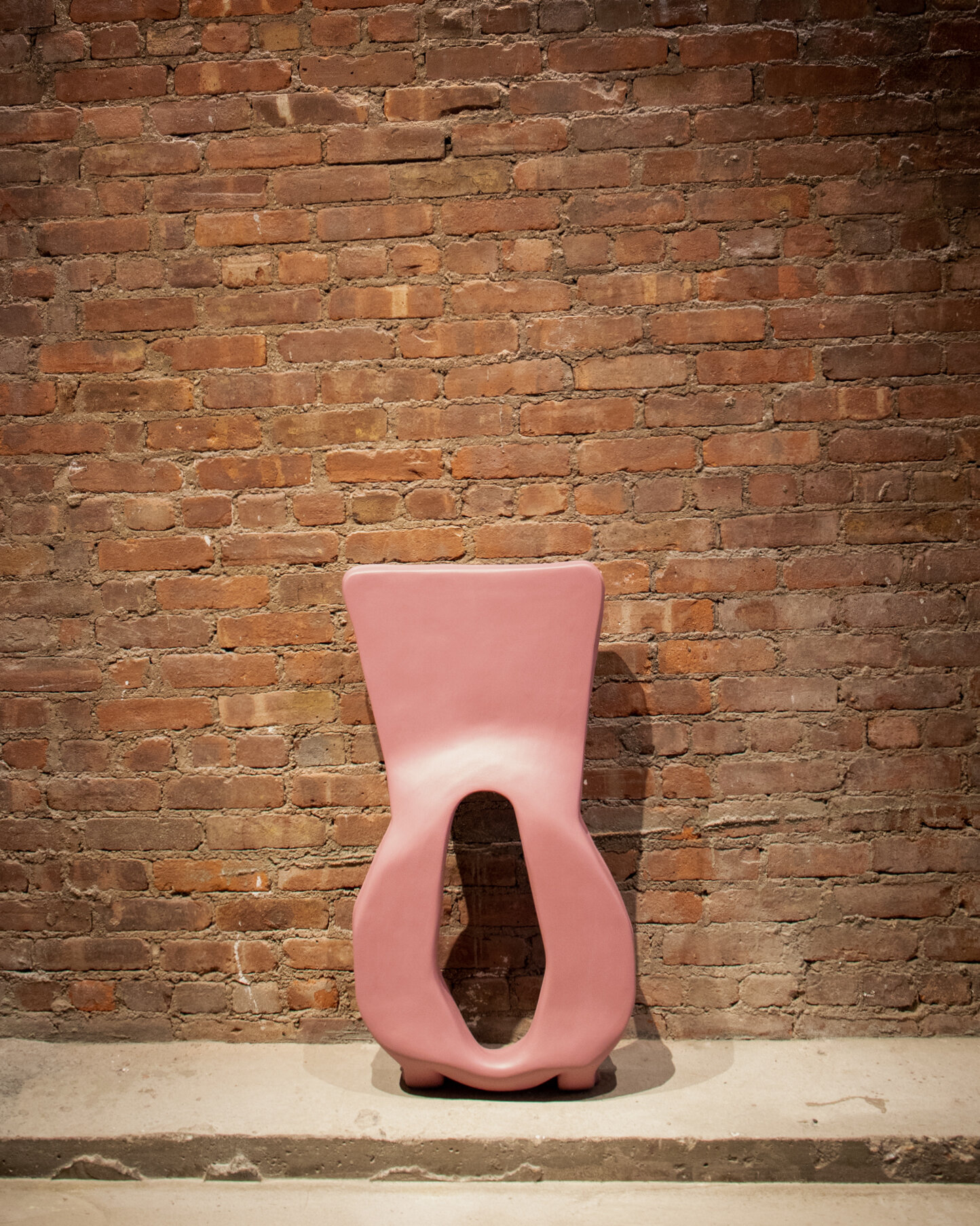
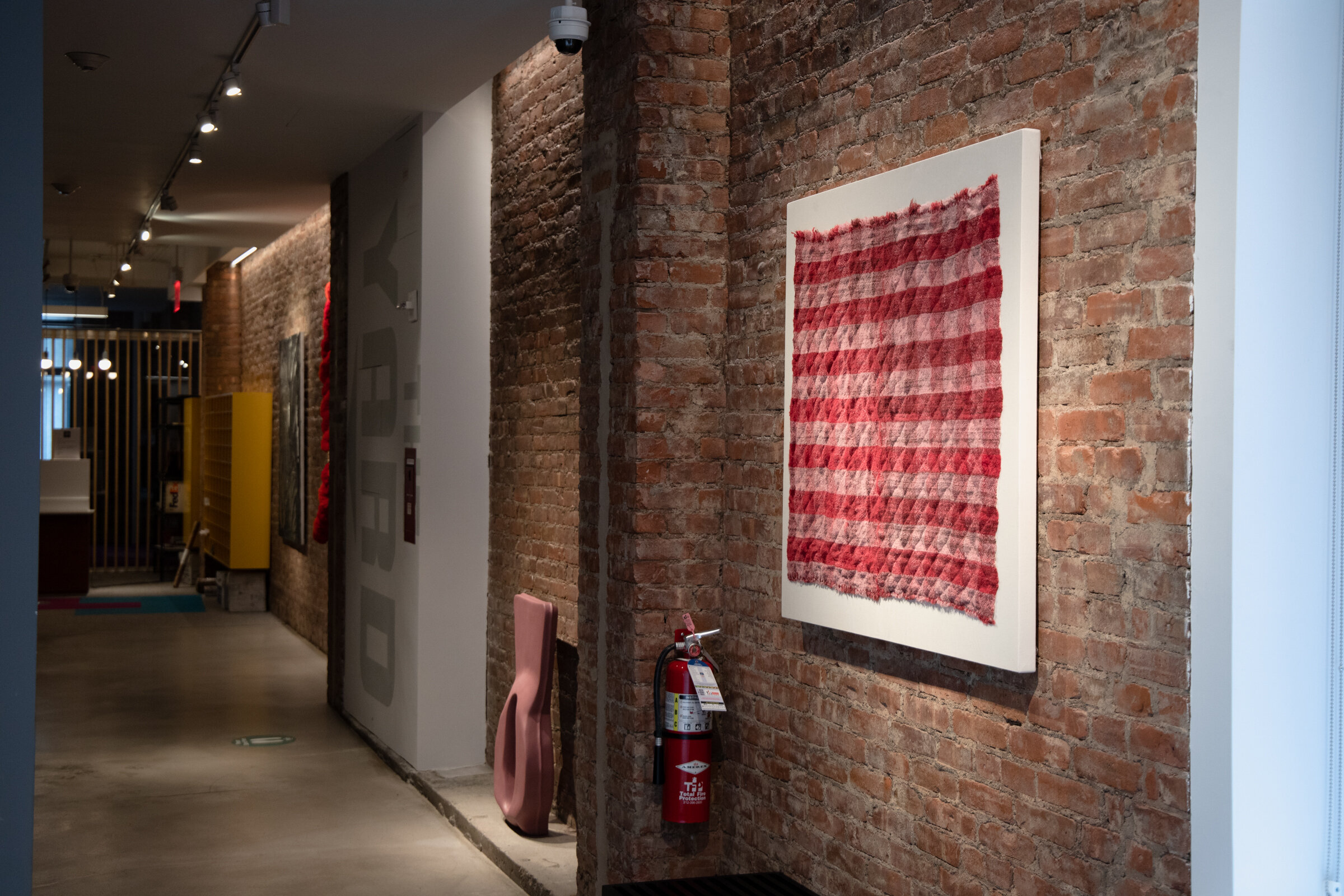
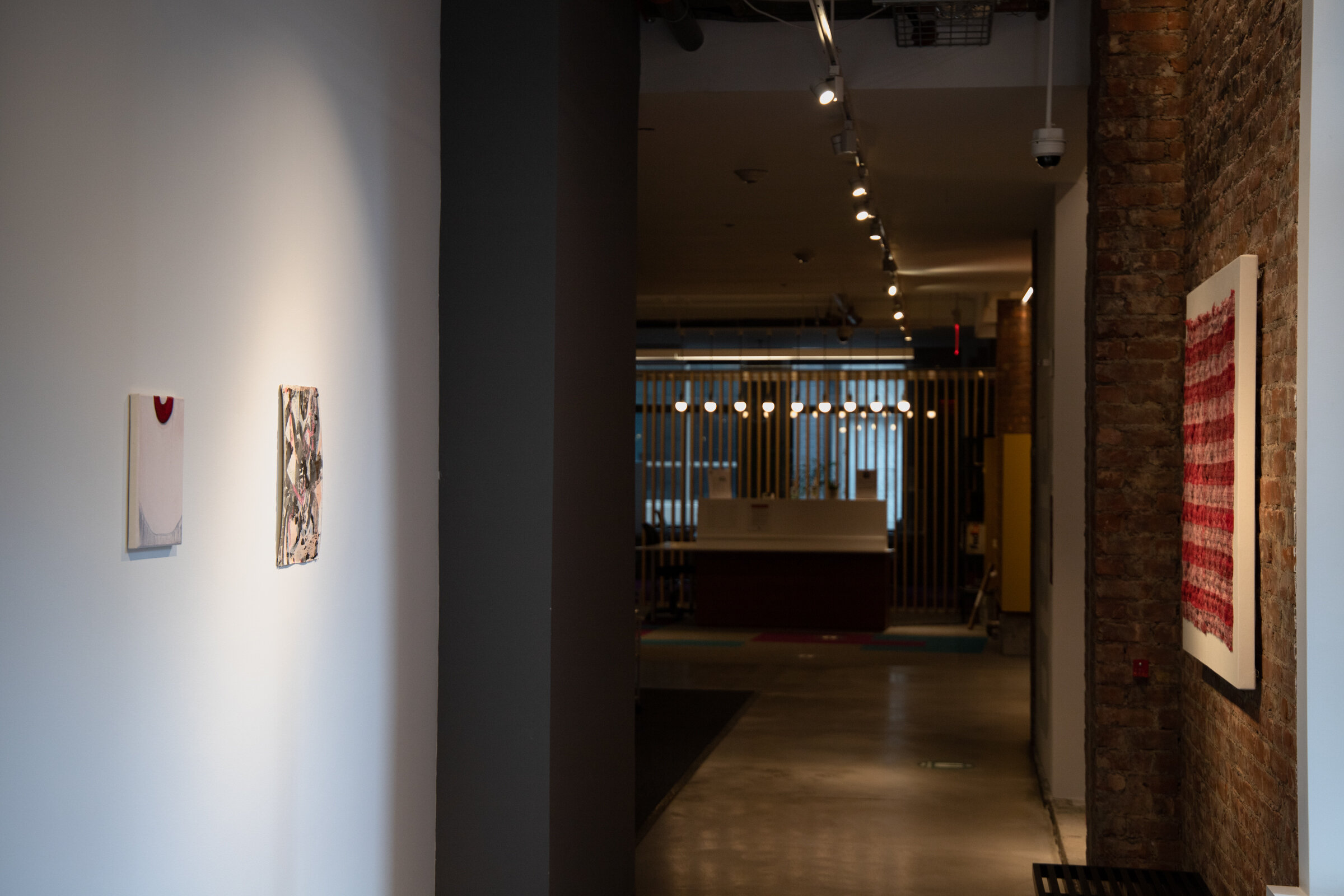
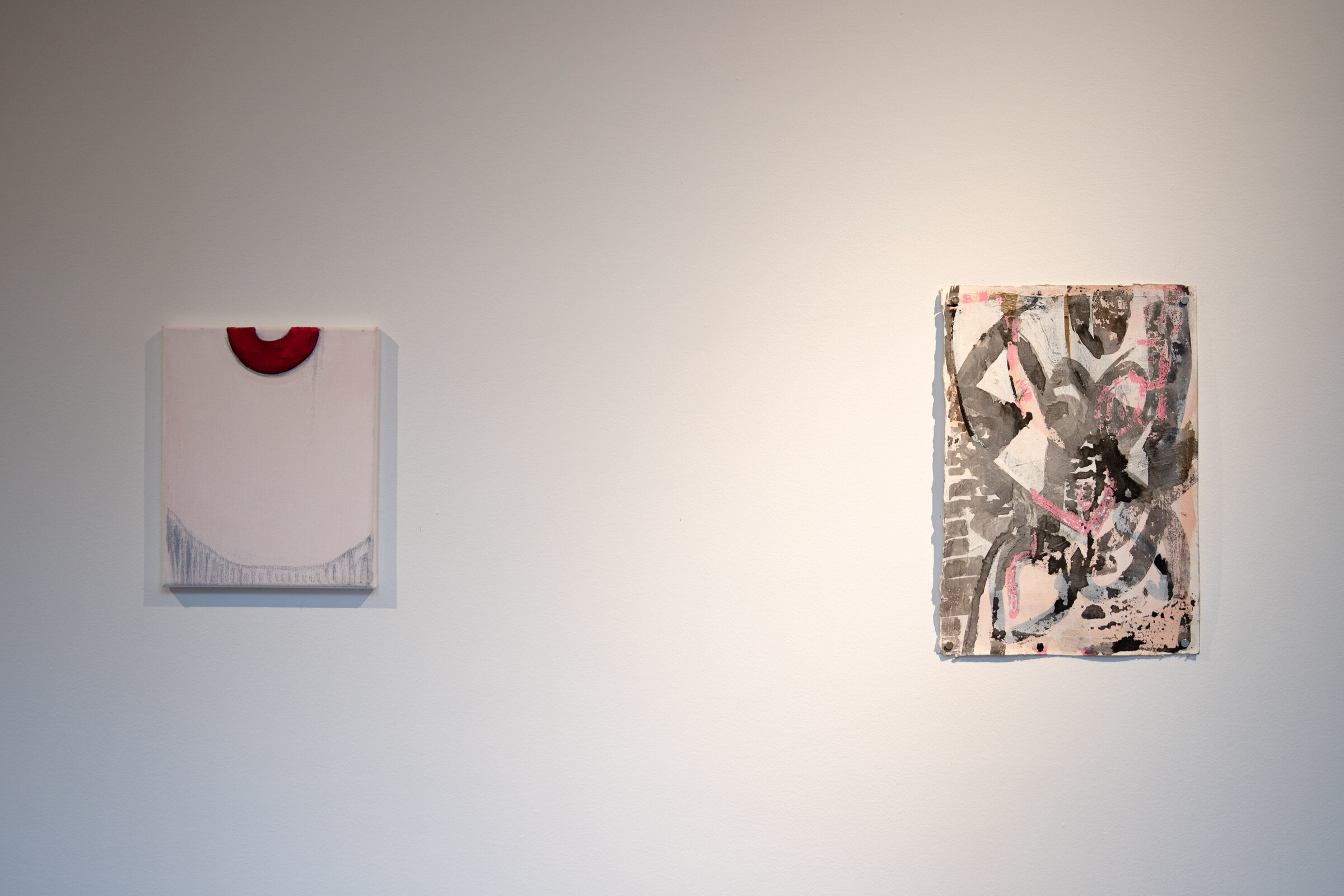


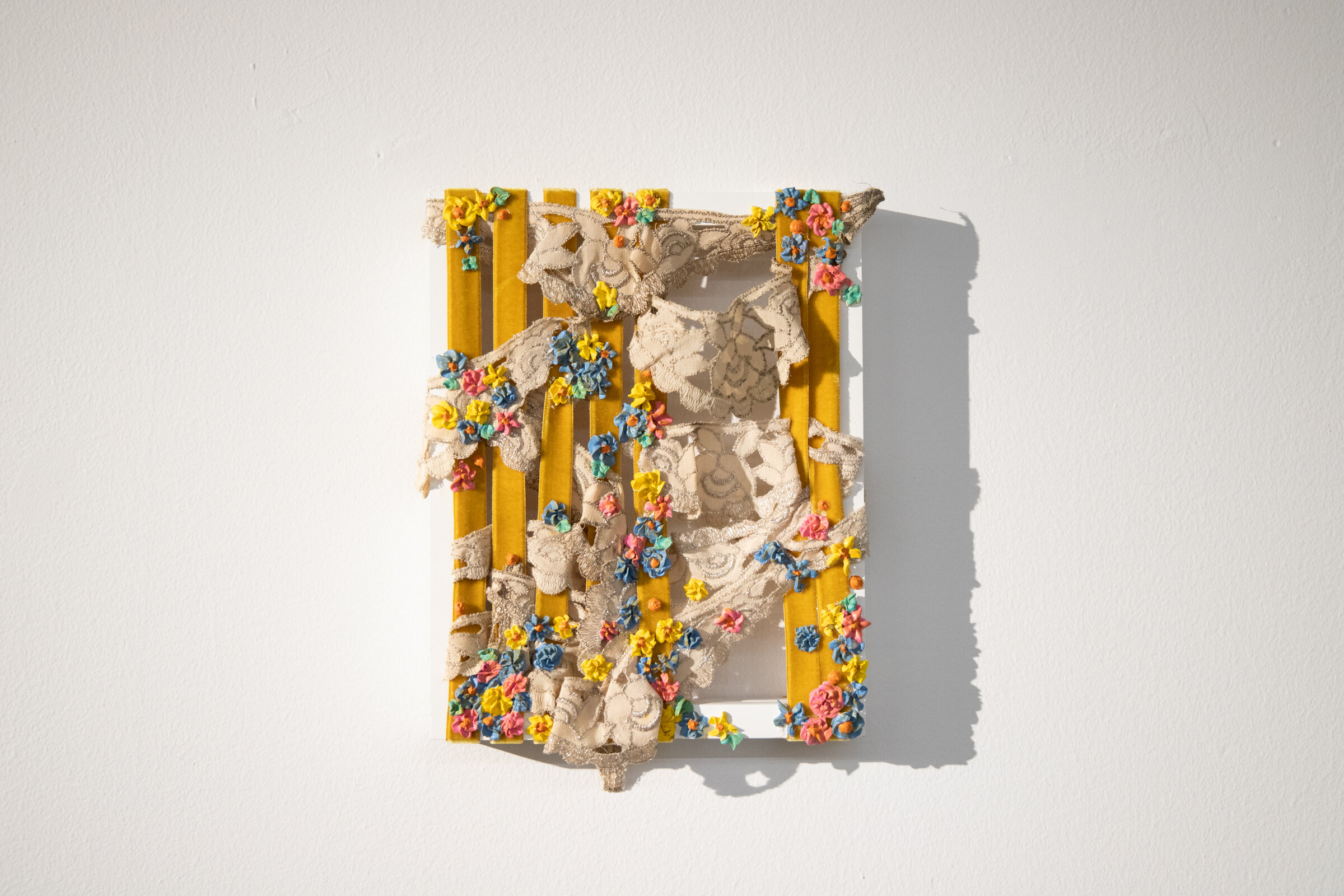
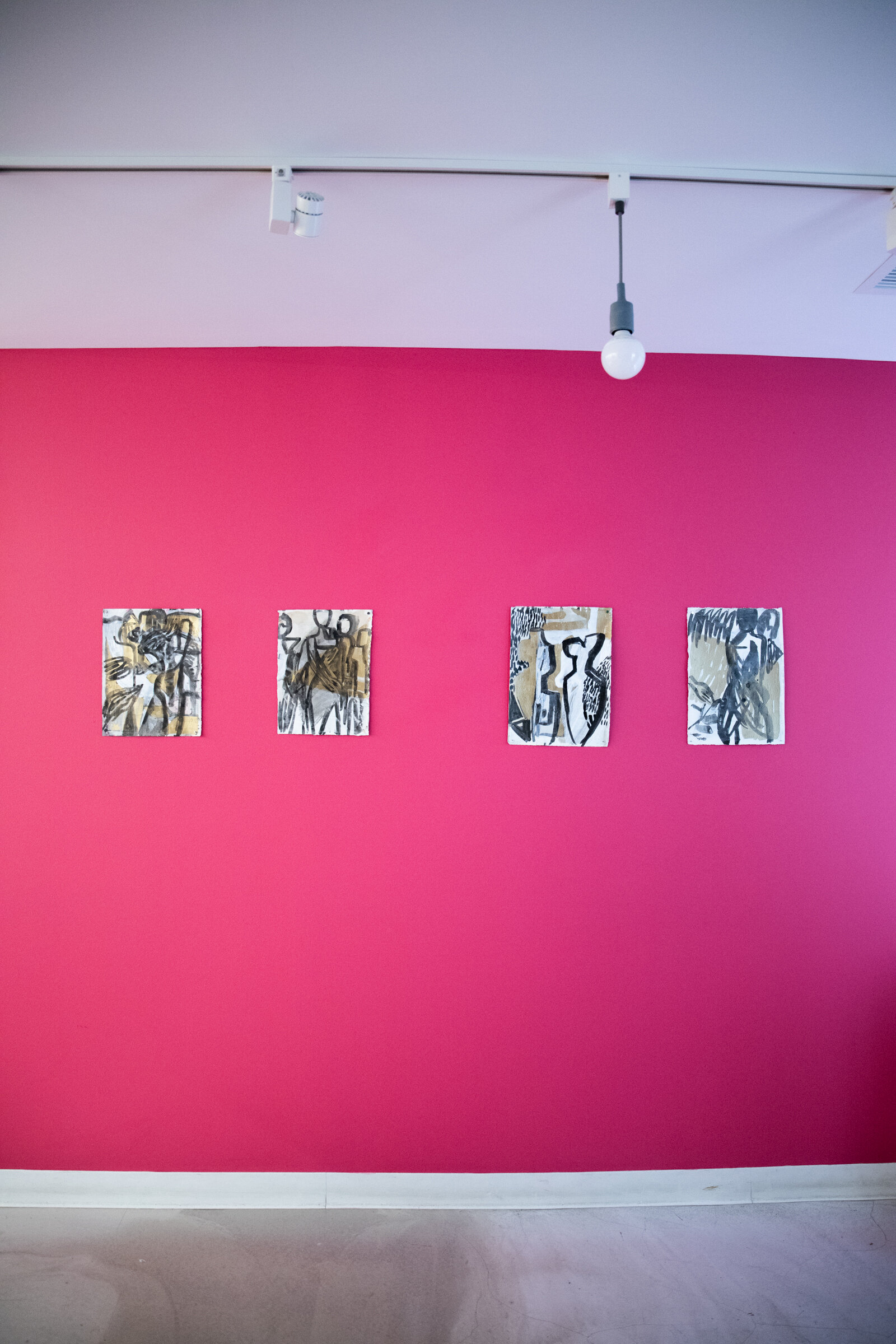
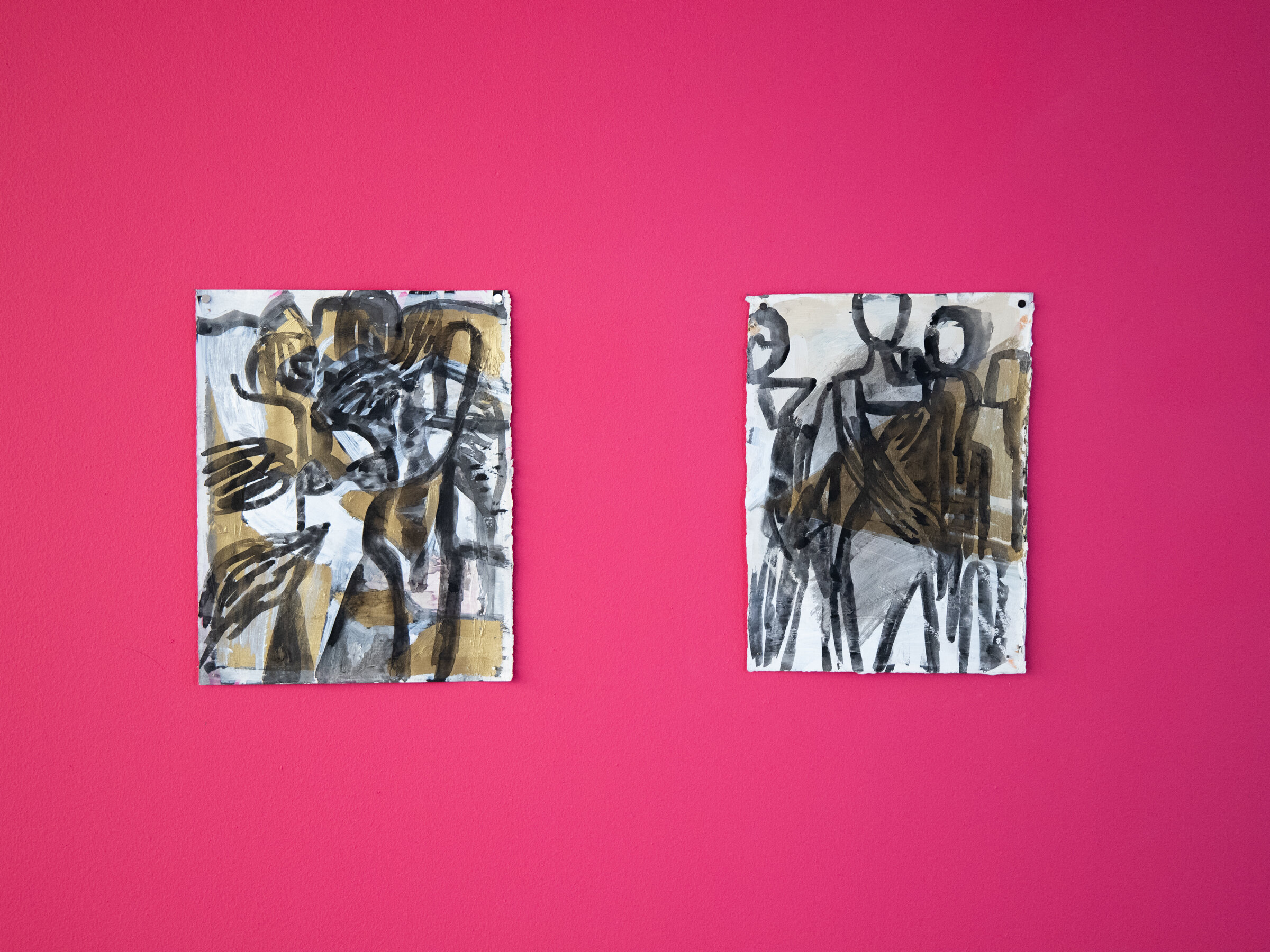
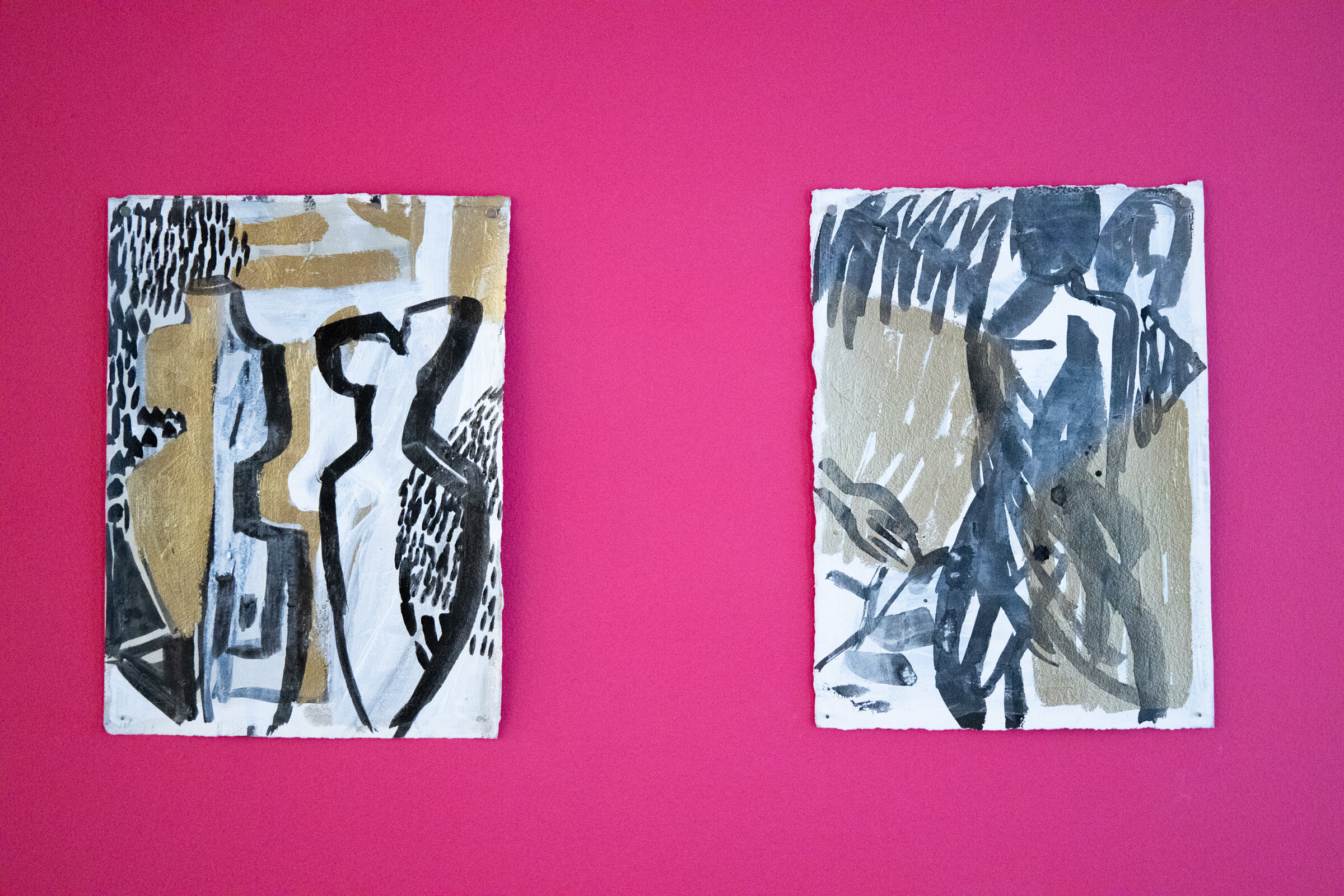

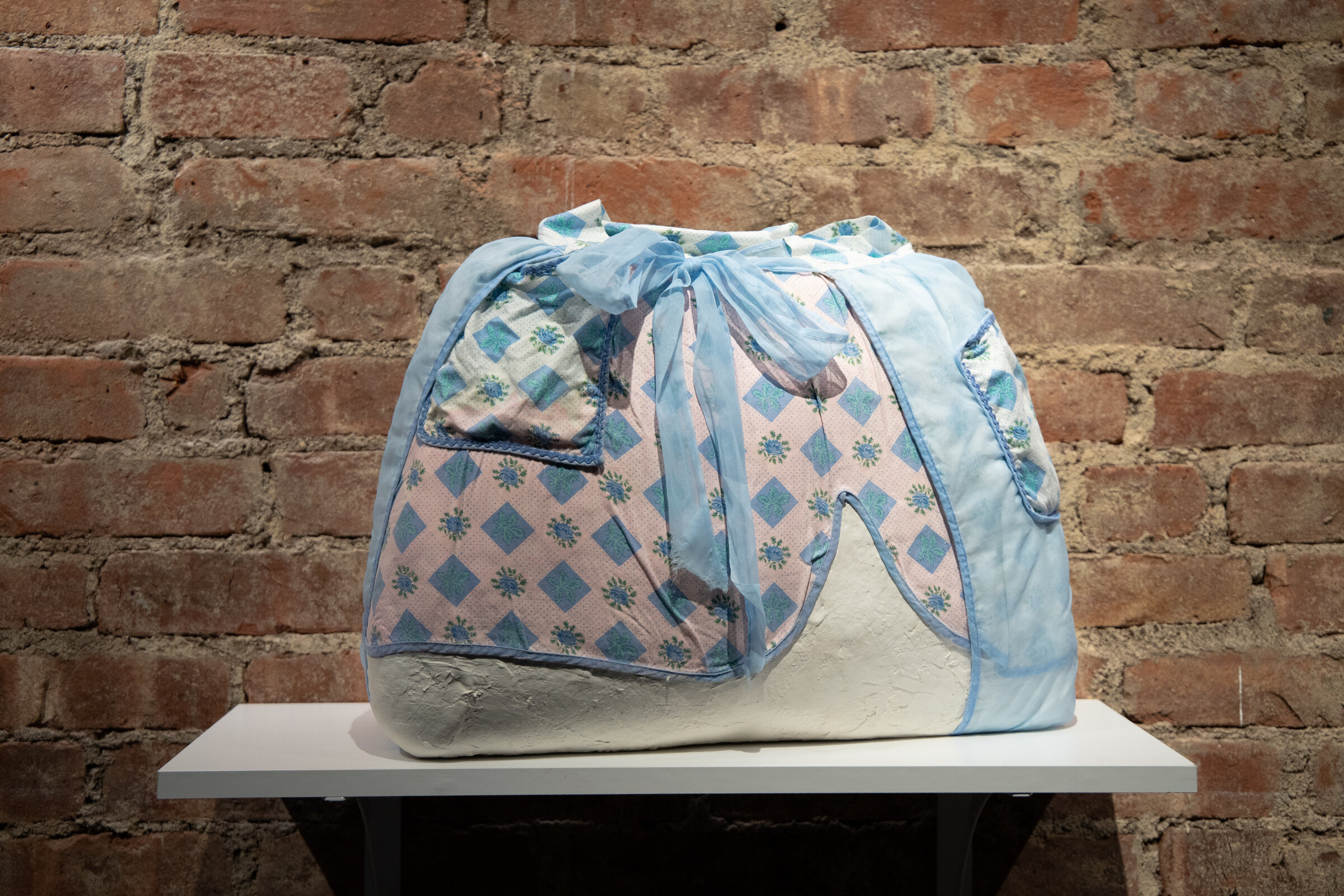

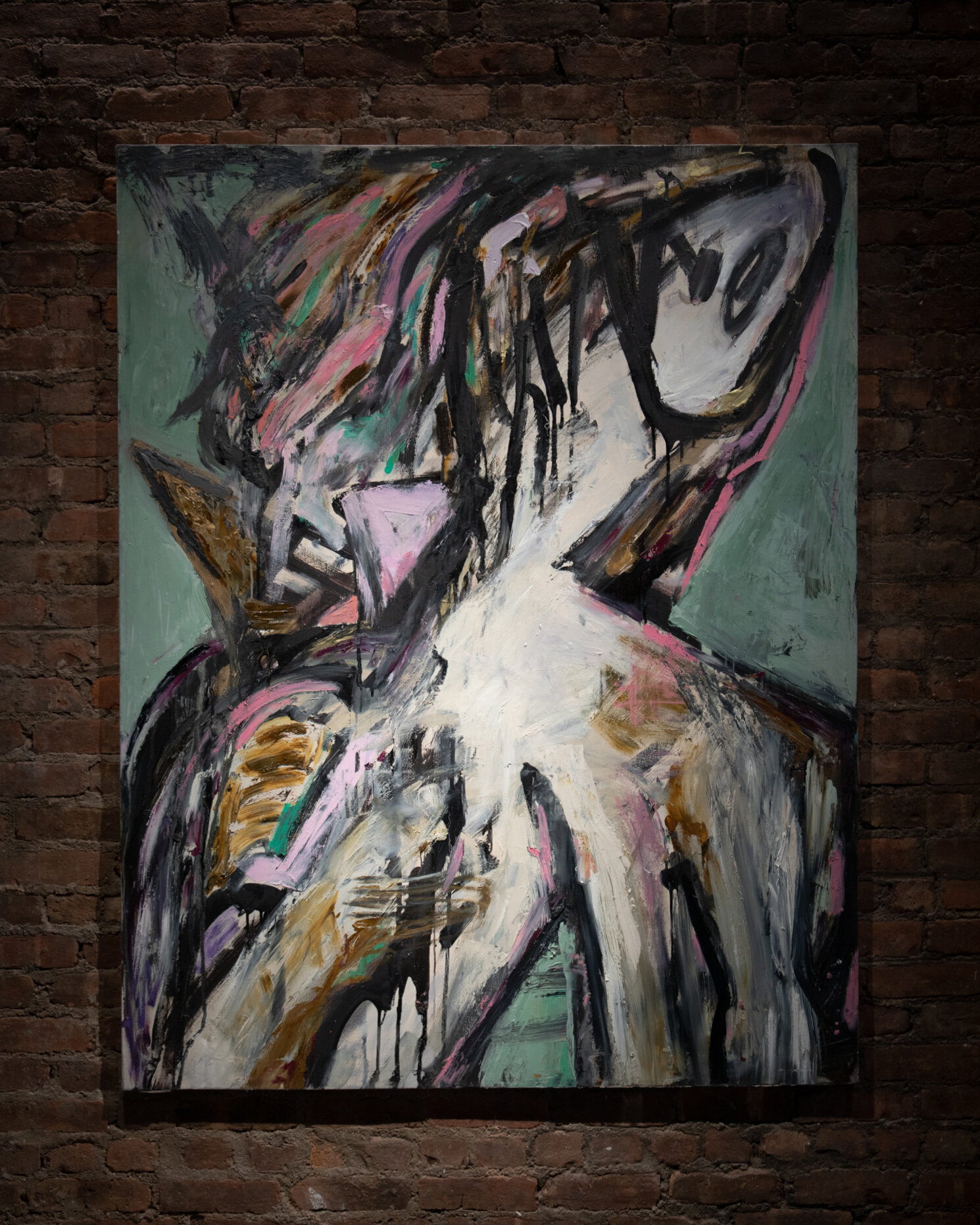
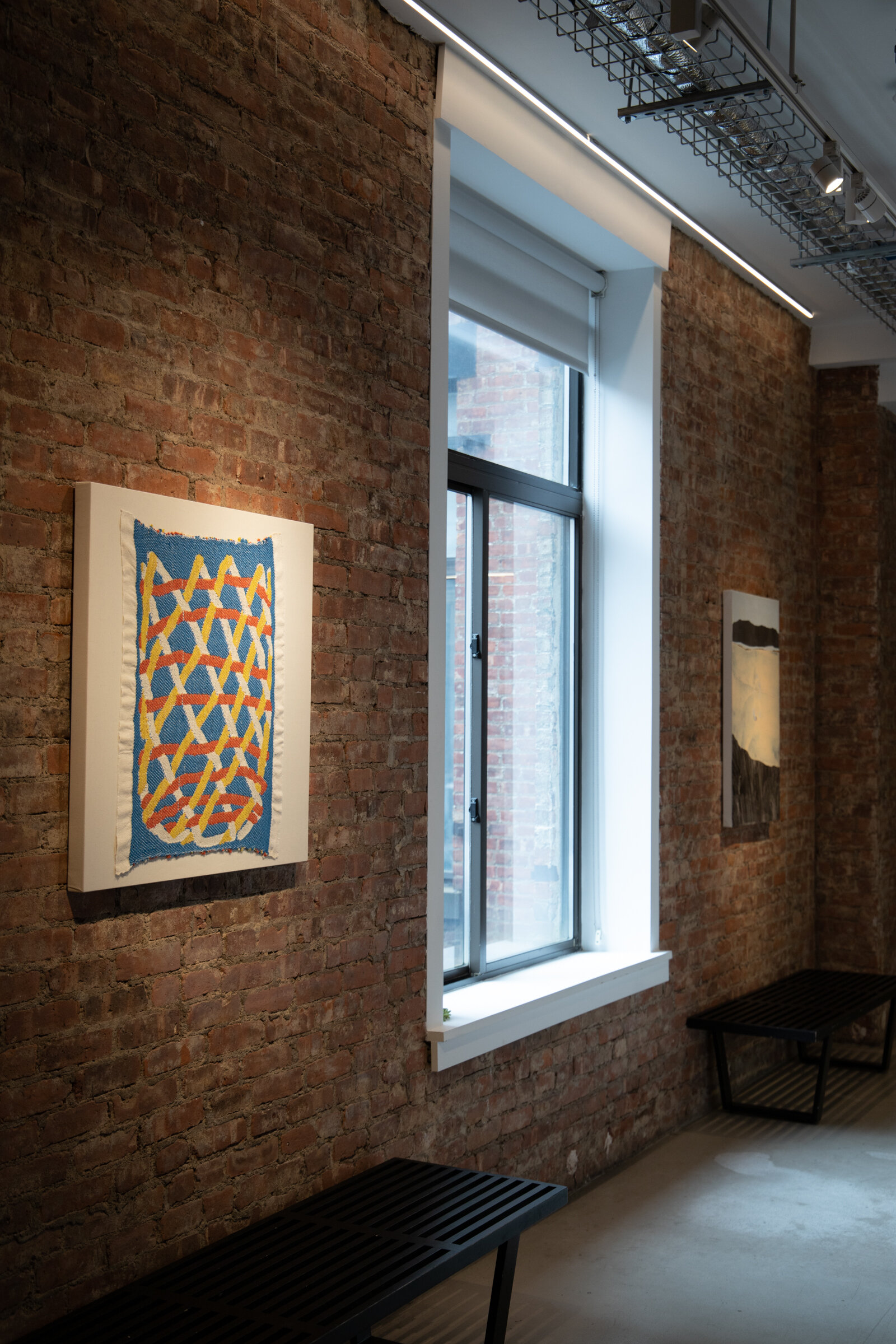
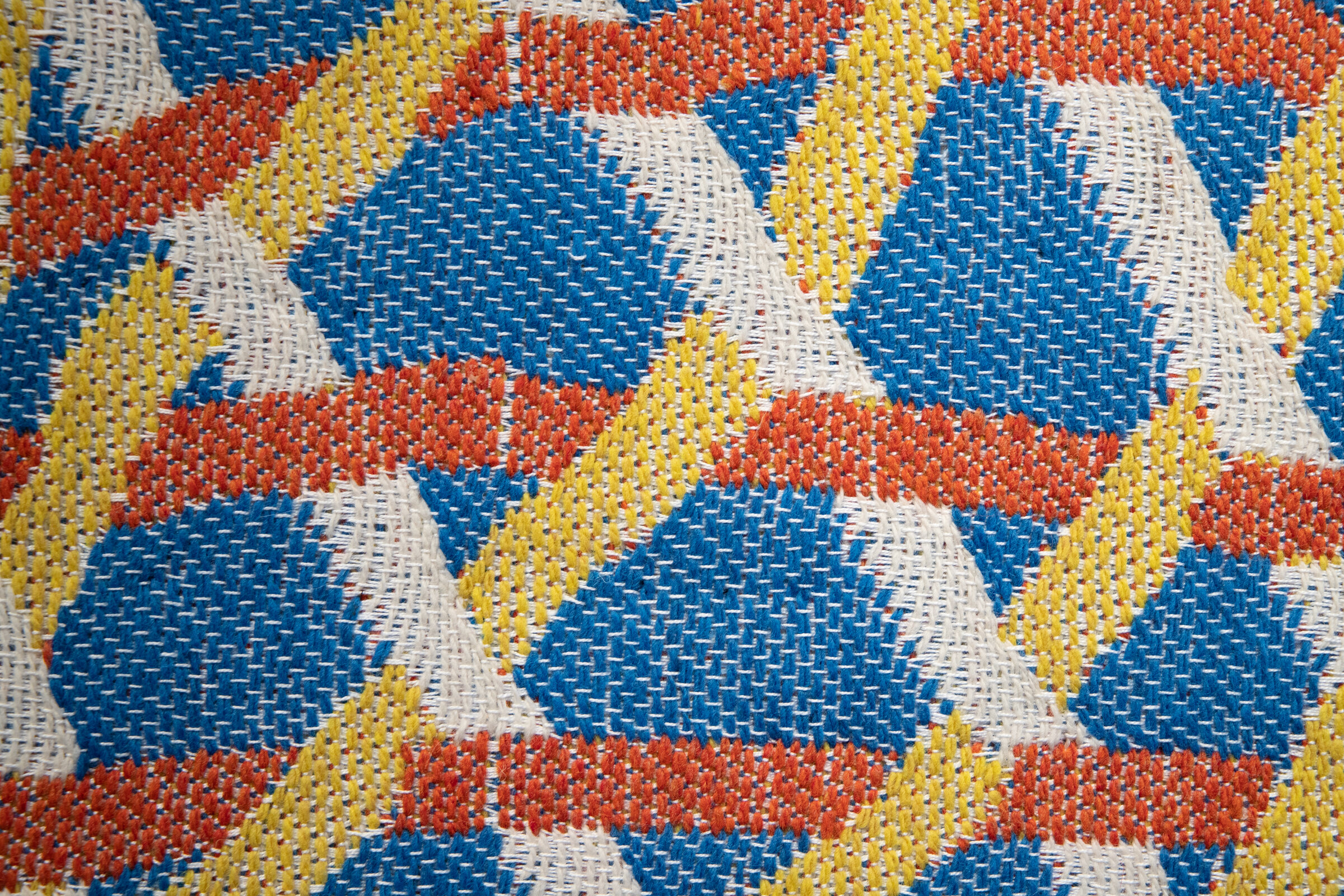
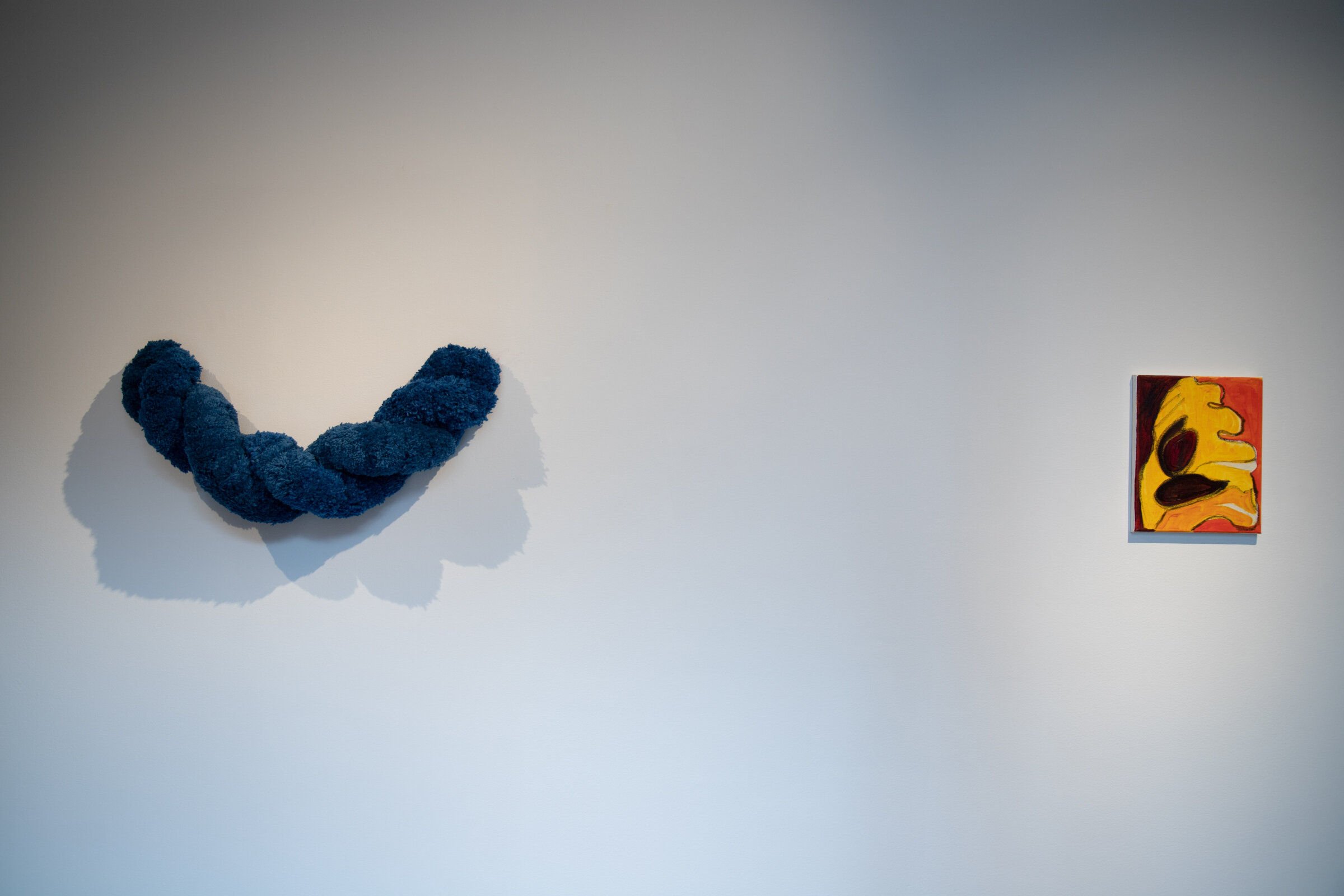
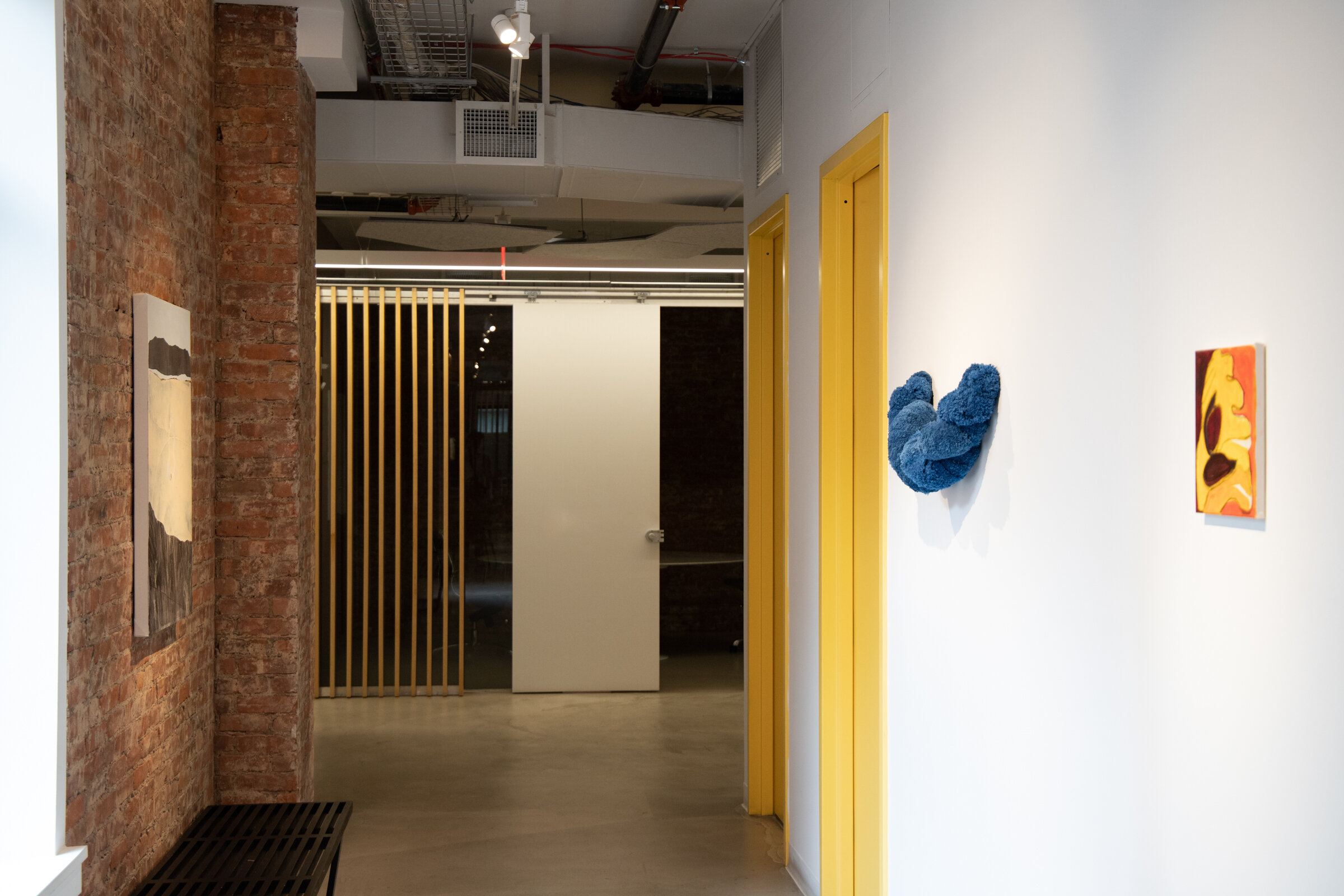
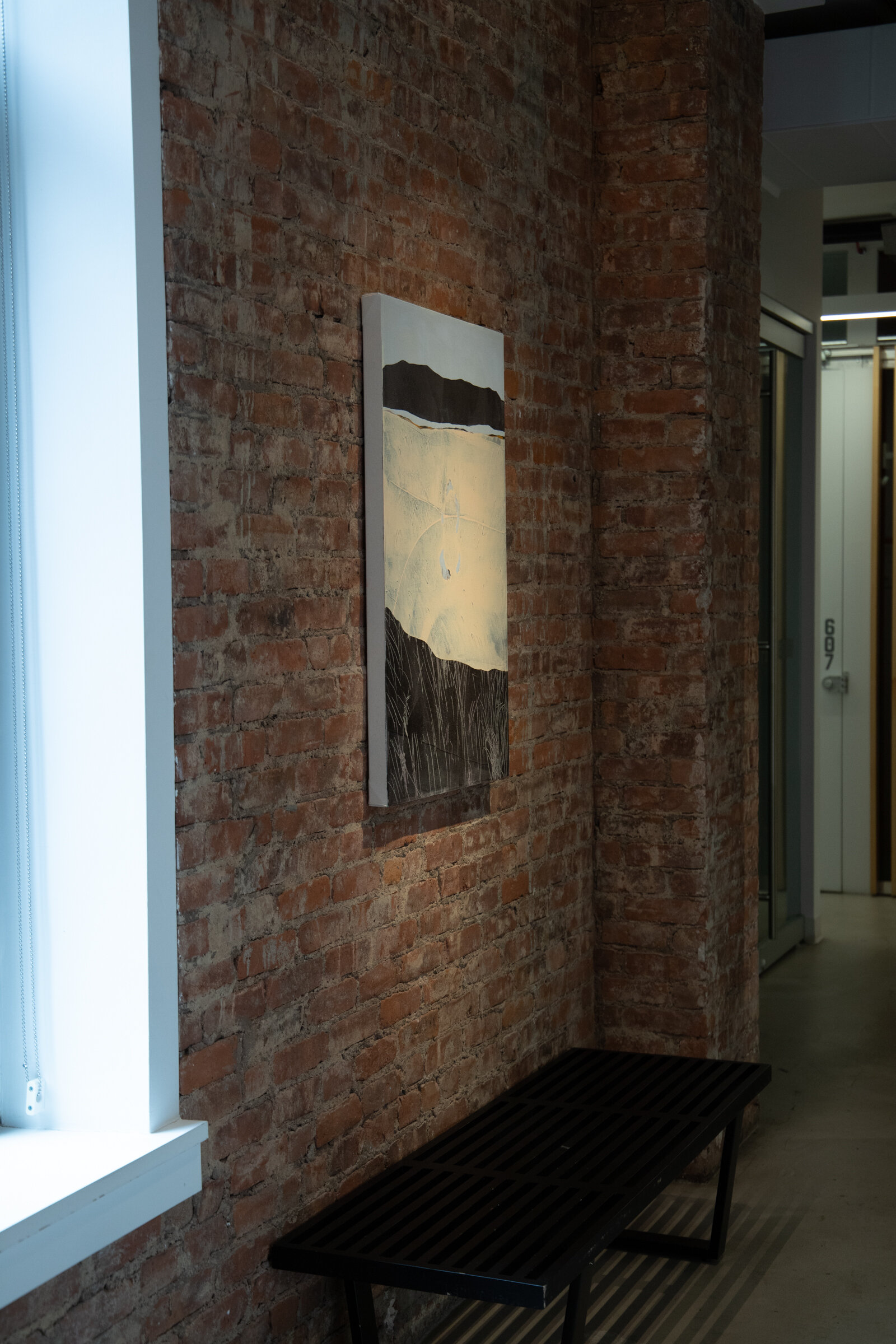
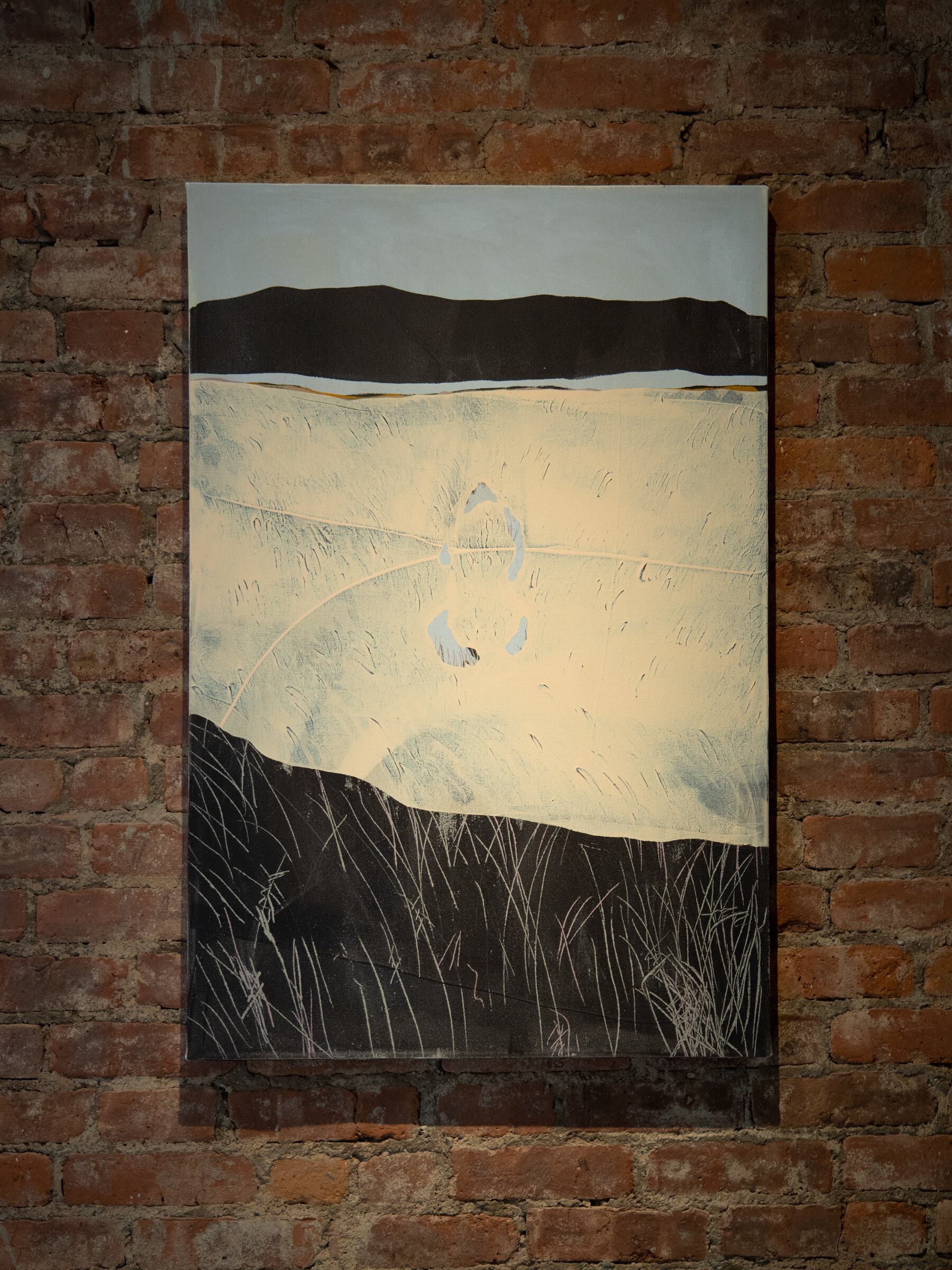
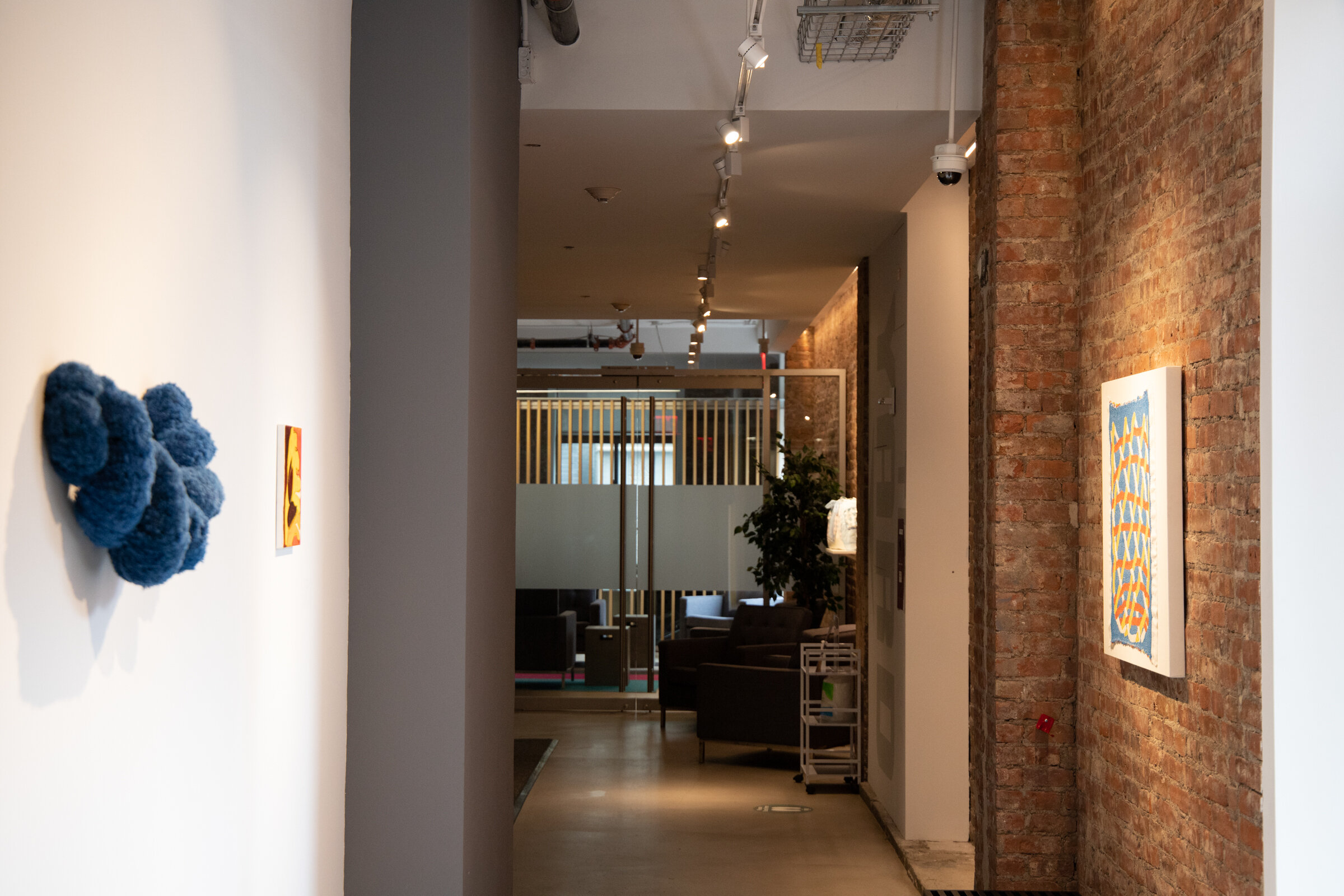
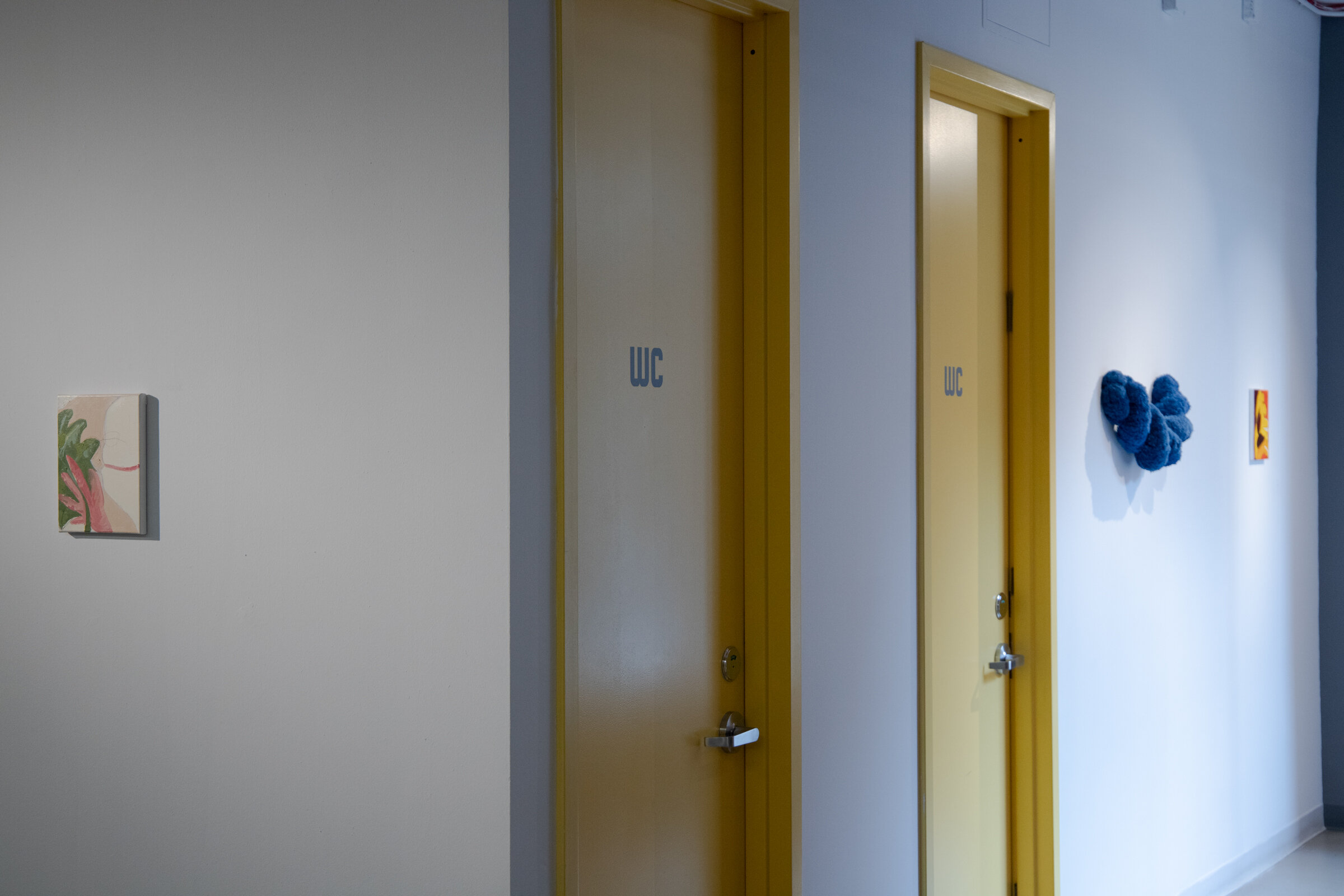
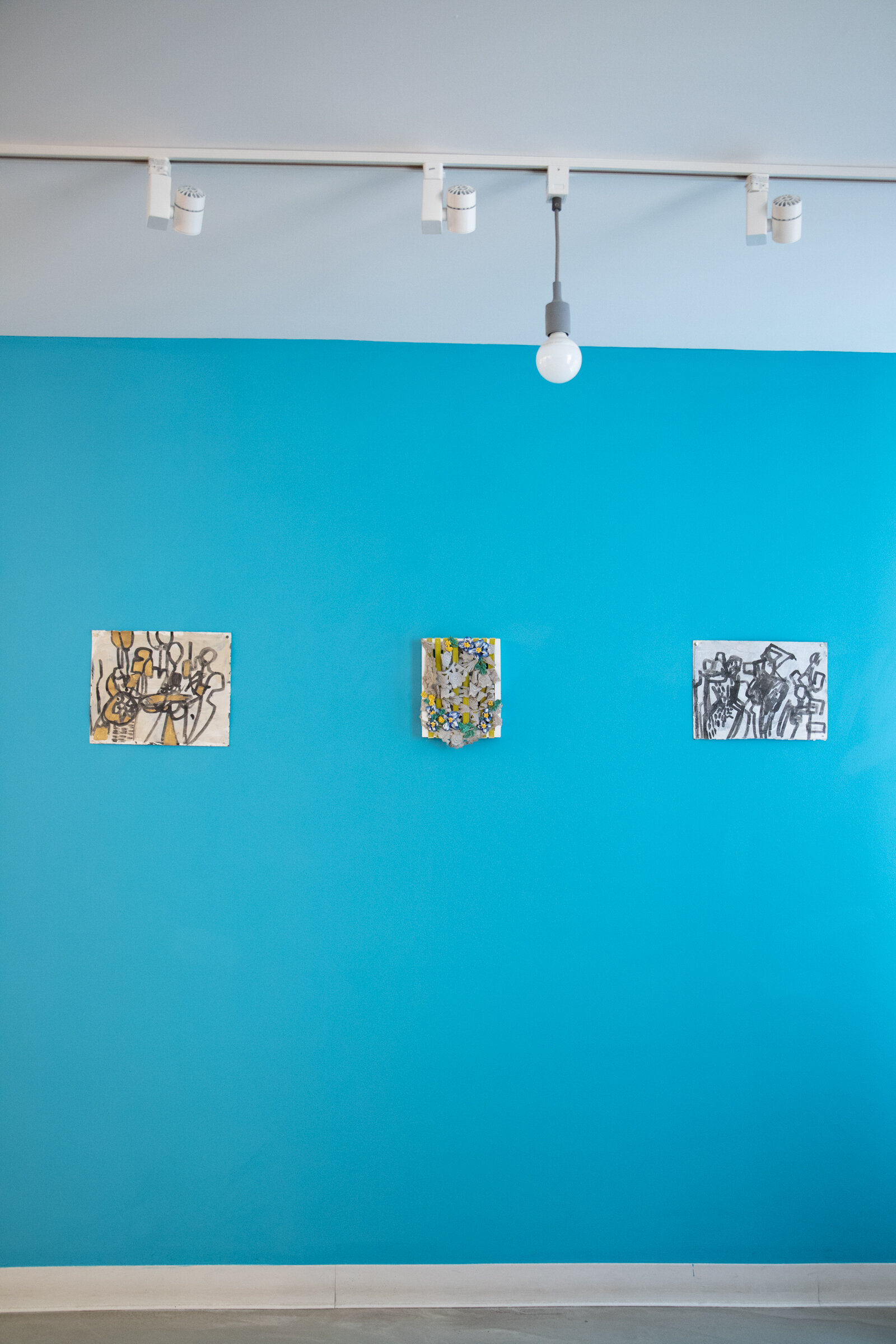
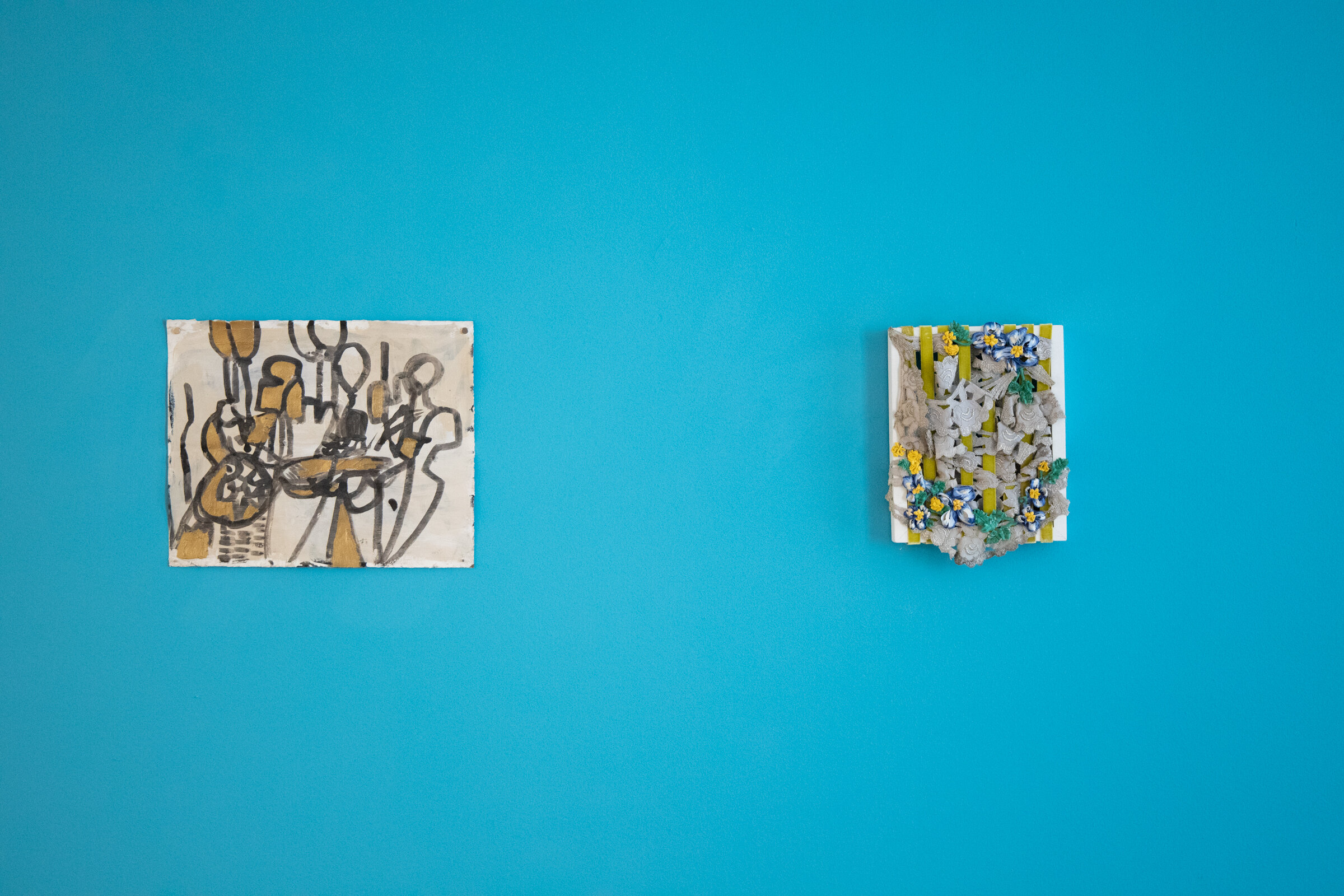
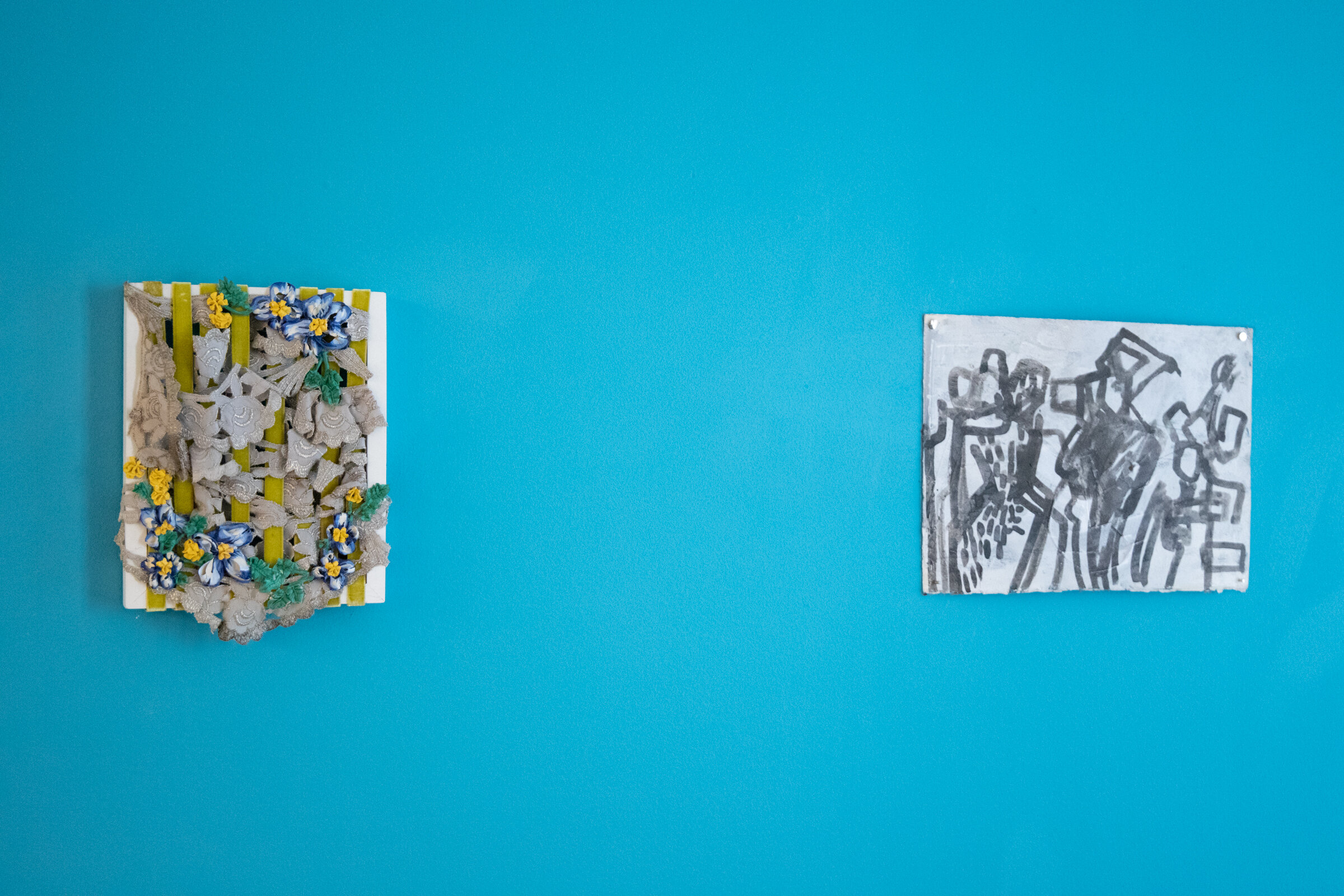
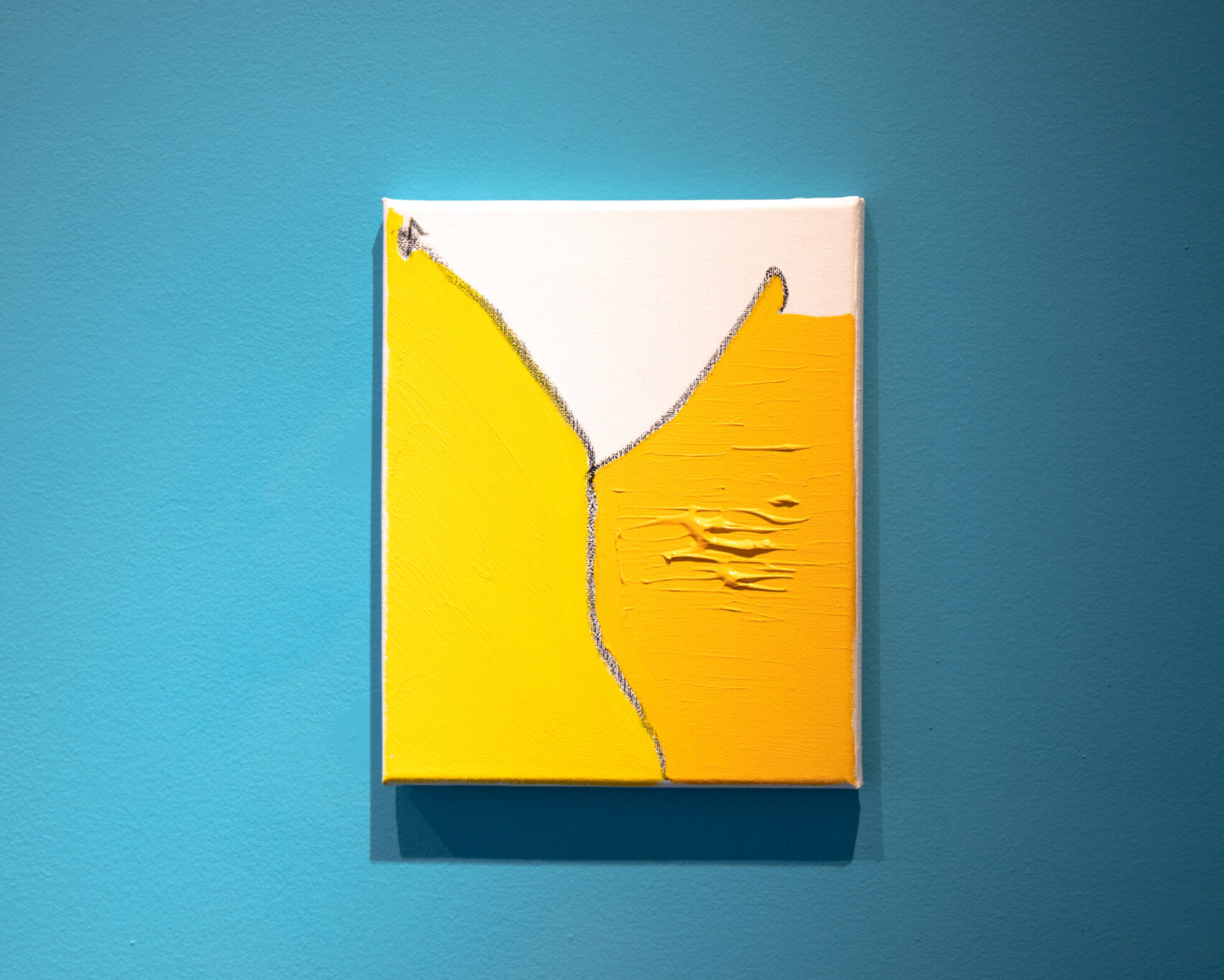
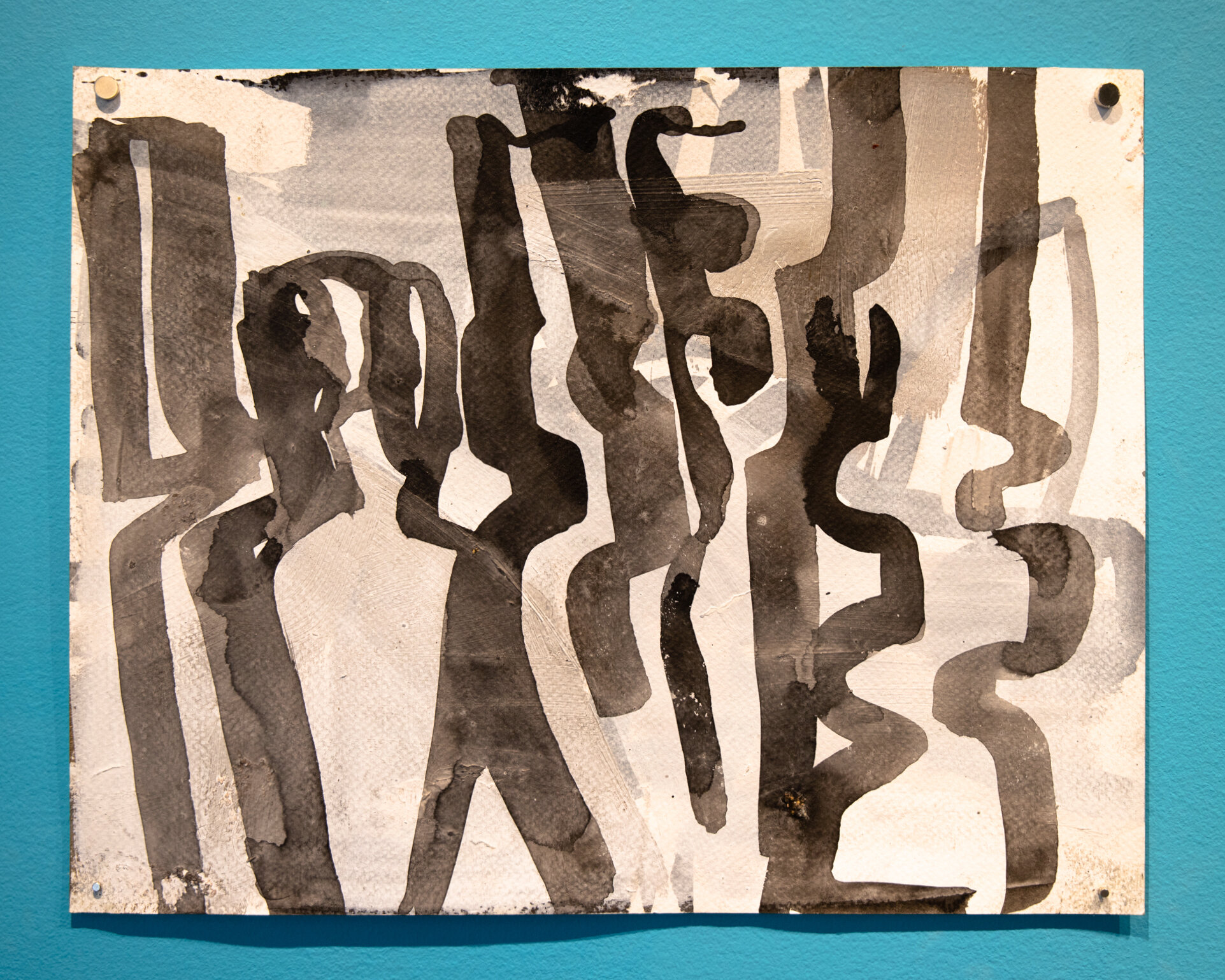
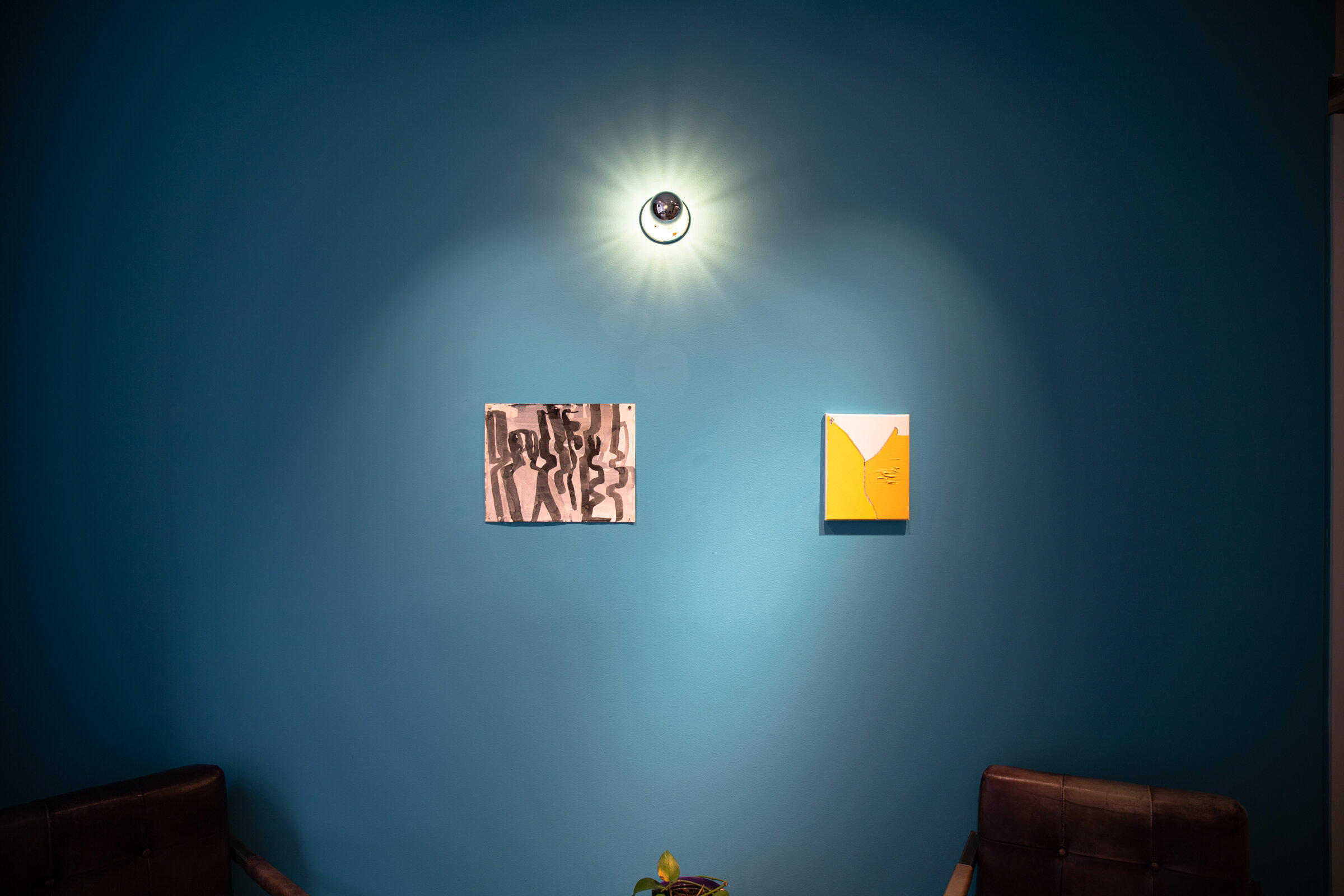
For exhibition appointments or artwork inquiries, please contact morgan@morganeverhart.com






















